Towards the end of last year I was fortunate enough to receive a research and development grant from Arts Council of Wales to develop a project I’d been mulling over for some time.
This started out as a simple conversation in a music-festival field with a close friend, whilst watching Winterfylleth, about how cool it would be to take the Welsh folklore stories of The Mabinogi and turn them into Black Metal songs. This thought developed, morphed, and changed over time, leading me to putting in an application to ACW to explore the possibilities of a project that brought extreme/experimental music together with folklore and site-specific performance.
The mulling-over had been over such a protracted time that along the way I’d begun discussions with Common Wealth Theatre and Amgueddfa Cymru/National Museum Wales archaeological department about this project, who were both interested to come along on the journey.
And, so it was, on a cold Wednesday in February, Rhiannon White (Director of Common Weatlh), Steve Burrow (Head of Archaeology at Amgueddfa Cymru) and myself set off on a short roadtrip to North Wales.
Road Trip!
One of the things that’s always fascinated me about The Mabinogi (specifically The Four Branches) is that many of the sites referenced in the stories actually exist, and can be visited, in the landscape. This feels quite unique for folklore which often tends to inhabit other-worlds or landscapes lost to time. These stories, that have been shared in the landscape of Wales for hundreds of years, are still there to be explored in a geographic sense as well as the many other ways they speak to us from the past.
Prior to submitting my application for funding, I’d been given some of the best advice I’d ever received from an arts council officer (Cerys Thomas). We’d met to discuss the project and the application (pre-Covid to give you a sense of how long this idea has been percolating) where I laid out an idea for a site-specific performance that I thought I’d just about pull together with a large project grant. Her advice was to come in for a small grant in the first instance to really research and develop the idea and its possibilities - “This is what theatre does all the time. You visual artists always come in for the project delivery money right away.” (I may be paraphrasing a little, but this was the thrust of the advice.)
In real terms, what this meant was that as we wound our way up the A470 towards Harlech Castle (which is not, itself, in the stories, but the hill/outcrop it is built upon is) we had a general direction of travel for the project, but also a freedom in which to play and respond to things that appeared in front of us. That may sound like a logical approach - it is - but when funding gets involved, so often there can be a (self-enforced) pressure to follow the pre-determined path written into the application. Deviation might feel like failure or that you’re somehow not doing what you’ve said you would do. I learned a long time ago, particularly with project-based work, that things never pan out how you imagine. Invariably you meet problems and unexpected forks in the road that - in my experience - always lead you somewhere better. So, with this project, for the notion of rolling with the punches and following your nose to be built in from the word go, it felt like a space loaded with lots of potential and opportunity.
In developing this research and development process we (the partners) had collectively decided that we’d focus on one of The Four Branches, taking one story right through this process to examine it and attempt to develop a framework we could then use to examine the other three branches, should this one work out well. Essentially, looking at the story through a series of site visits and workshops to see what we’d learn and what we might have made by the end.
Each of The Four Branches are fascinating and wild in their own way, but The Fourth Branch feels like the wildest of them all, and I liked the idea of starting as deep in the madness as we could. And so we headed off to the area around Blaenau Ffestiniog that has a number of key sites from The Fourth Branch in easy driving distance.
Our first stop was Llyn Morwynion, needing an atmospheric 20-min scramble across rugged countryside, with snow and sheep, to get there. It’s incredibly beautiful. After we’d been there for a while, Rhiannon produced some pens and paper and set us the task of spending a few minutes writing on-site, about being there, what we were experiencing, and what we were thinking. This gathering of moments as we passed along our way was to become a key aspect in documenting the experience and carrying it with us through the process.
The next stop was in an attempt to find Gronw’s stone - a large stone with a hole in it, alleged to have been pierced by the spear of Lleu Llaw Gyffes, killing Gronw who was holding it to protect himself. We had a vague idea where the stone was but were it not for the kind help of an elderly local I’m not sure we’d have found it - needing their directions across a field to locate the wonderfully unsignposted stone. I love the fact this important relic, purported to be central in Welsh folklore, is accessible but largely hidden from public view with absolutely no markers to point visitors towards it from the road. Again, we stopped and talked and wrote.
Finally, we visited Tomen y Mur - purportedly the site of Castell Mur from the story. This important Roman archaeological site has incredible views across the countryside and down to Trawsfynydd nuclear power station, creating a beautiful contradiction between the old and new, and thoughts of unseen power and resonance existing in the landscape.
One interesting takeaway from the visits to these sites is that I was struck by their scale and their beauty and left wondering what could possibly be introduced, by an artist, into them that would do anything other than compromise their beauty…

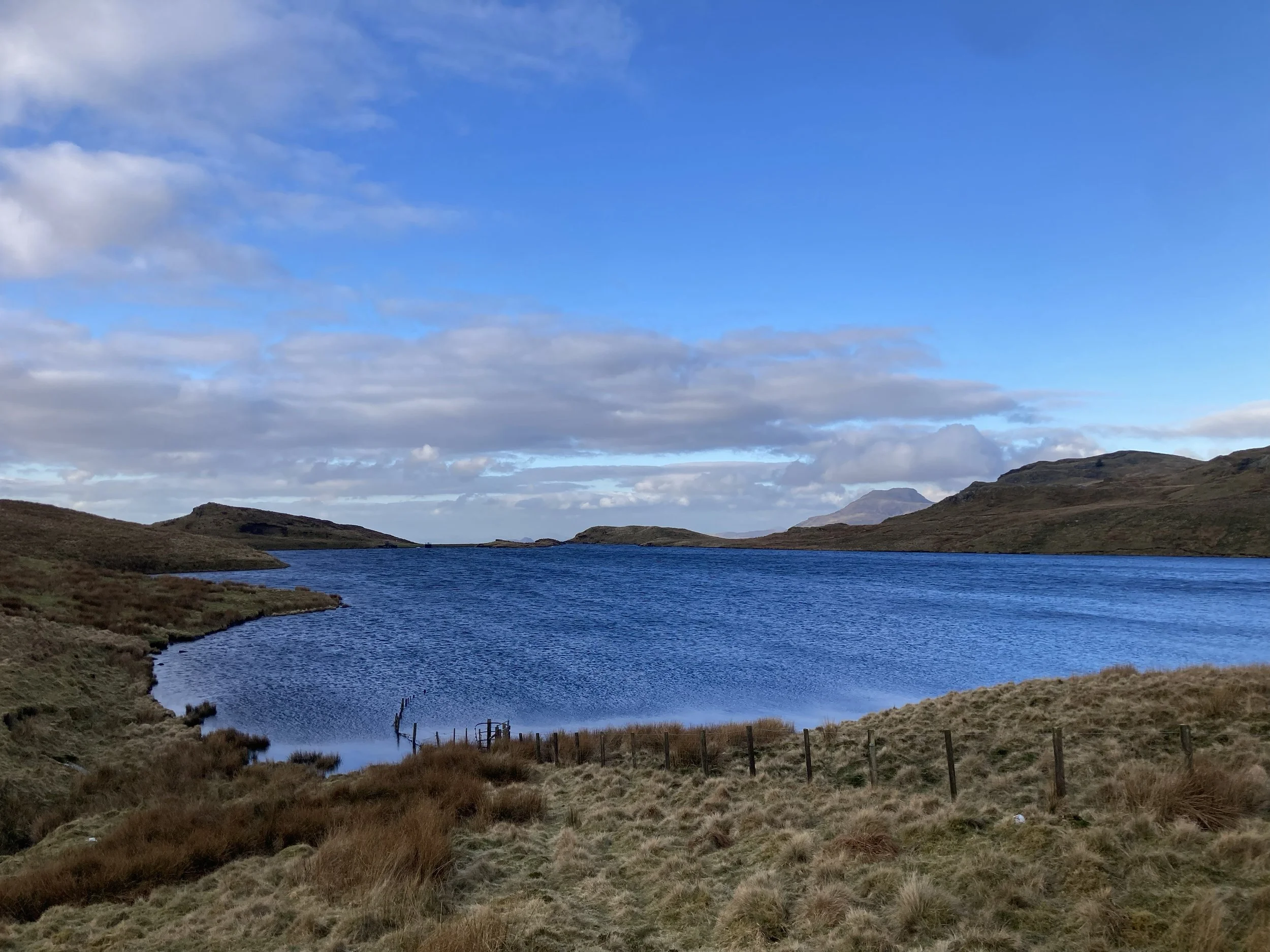
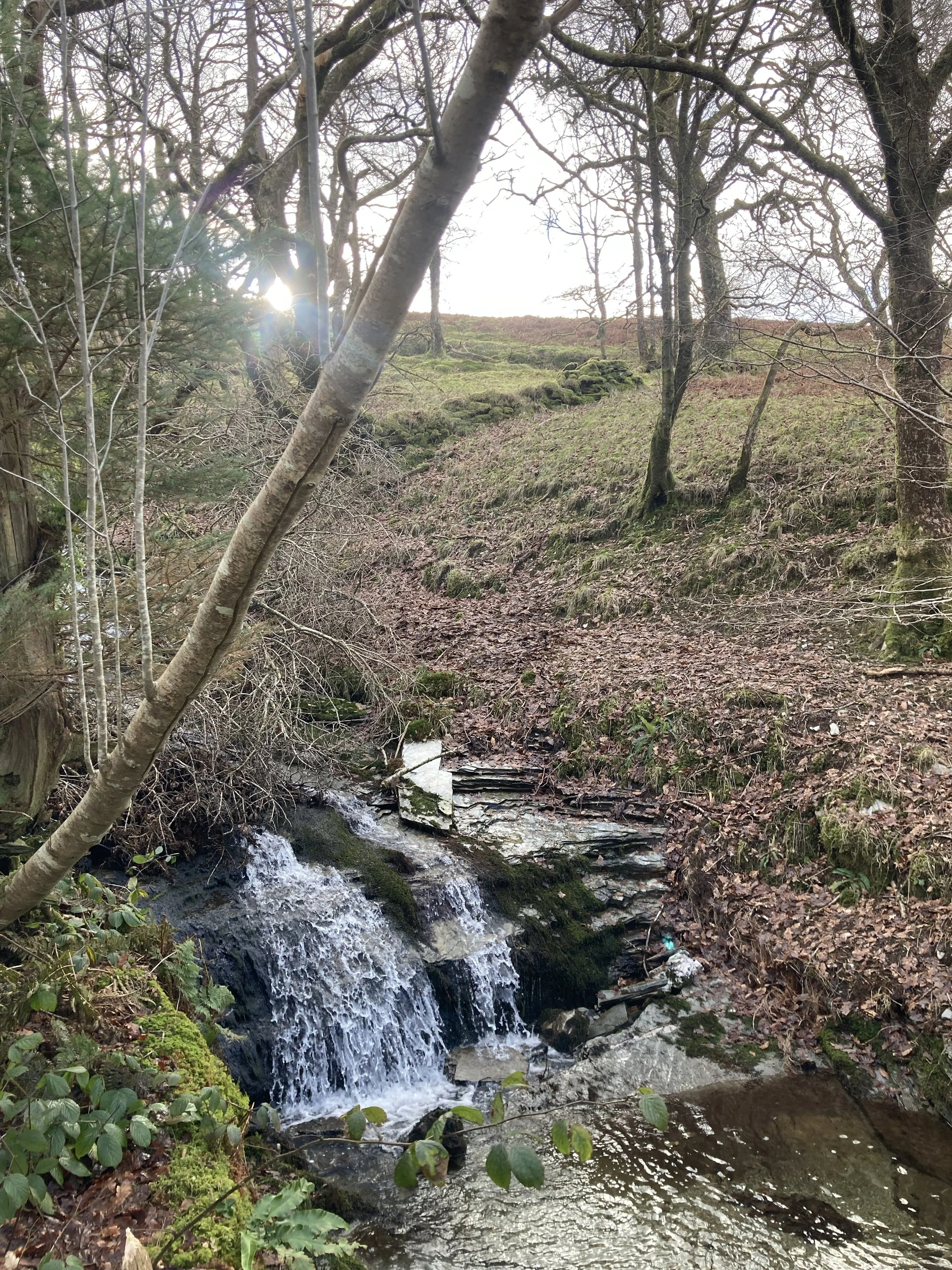
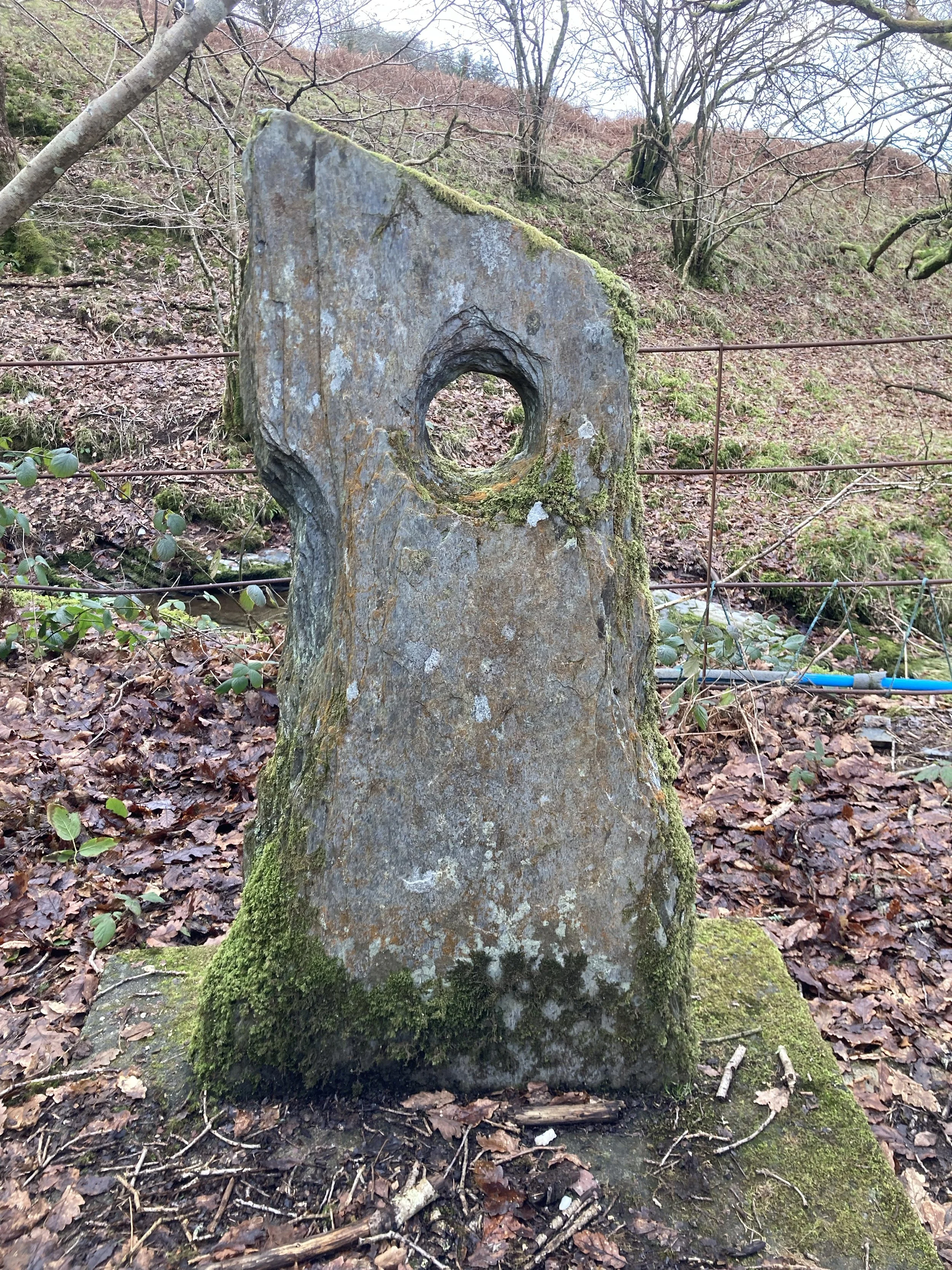
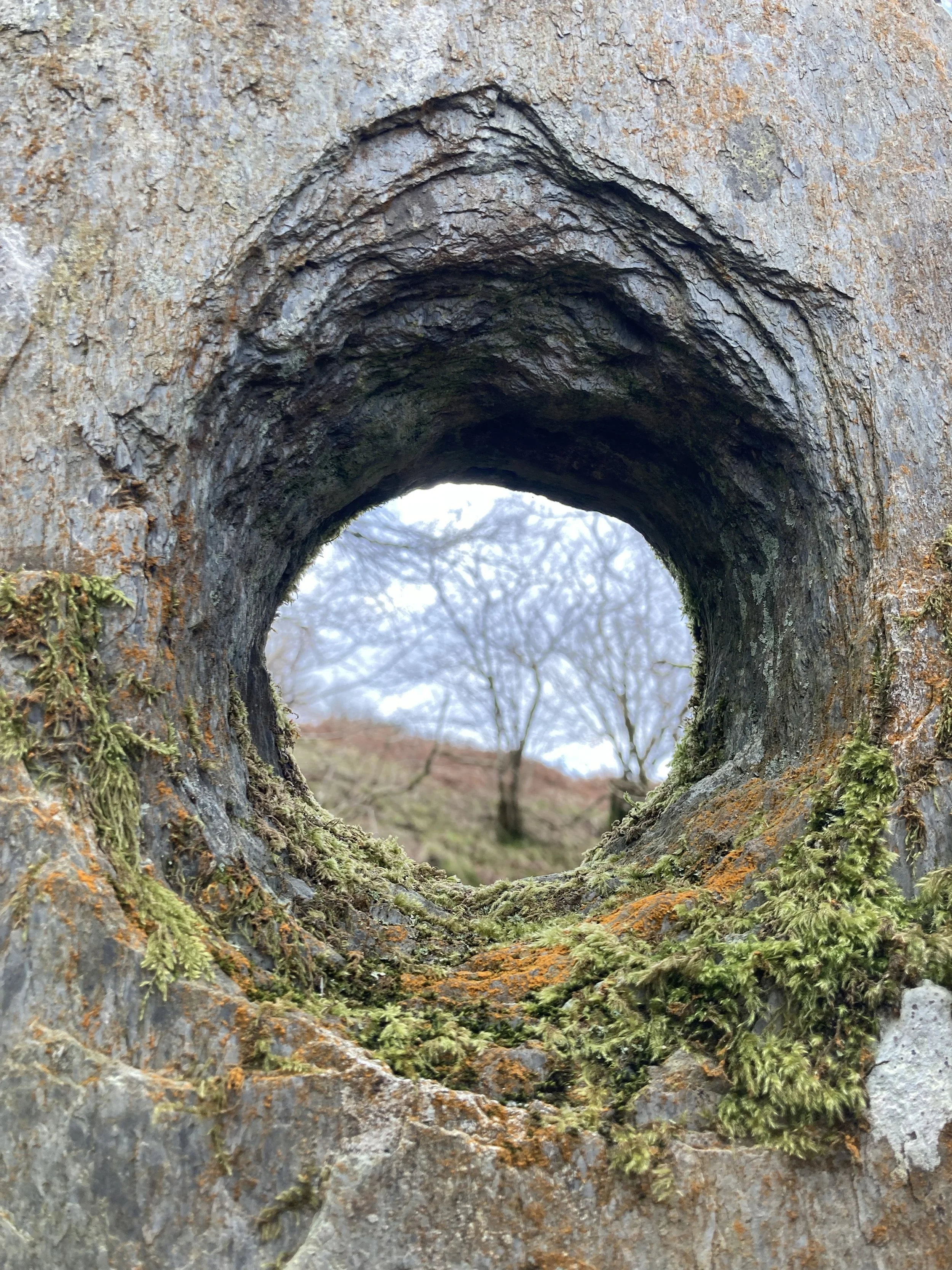
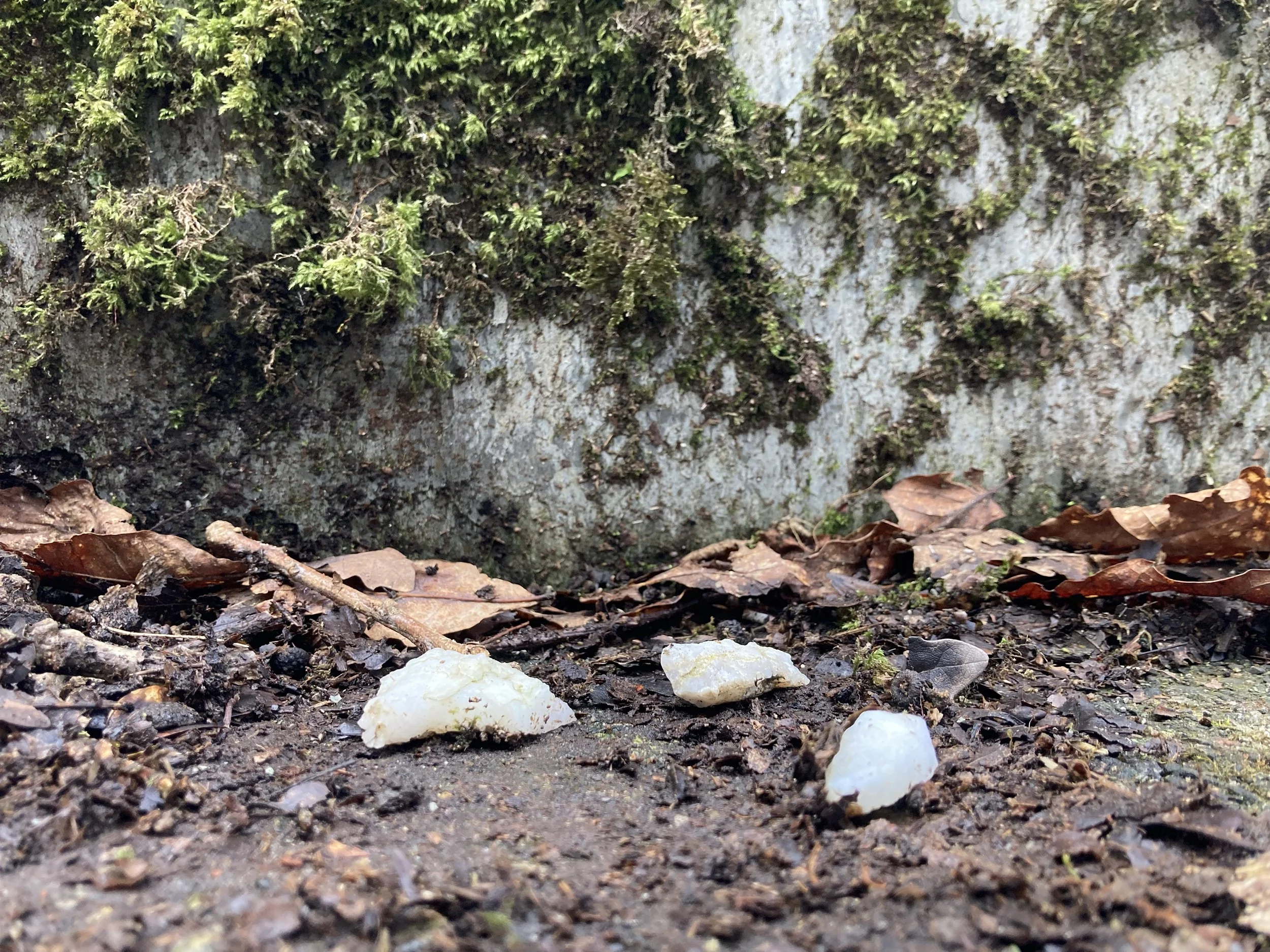
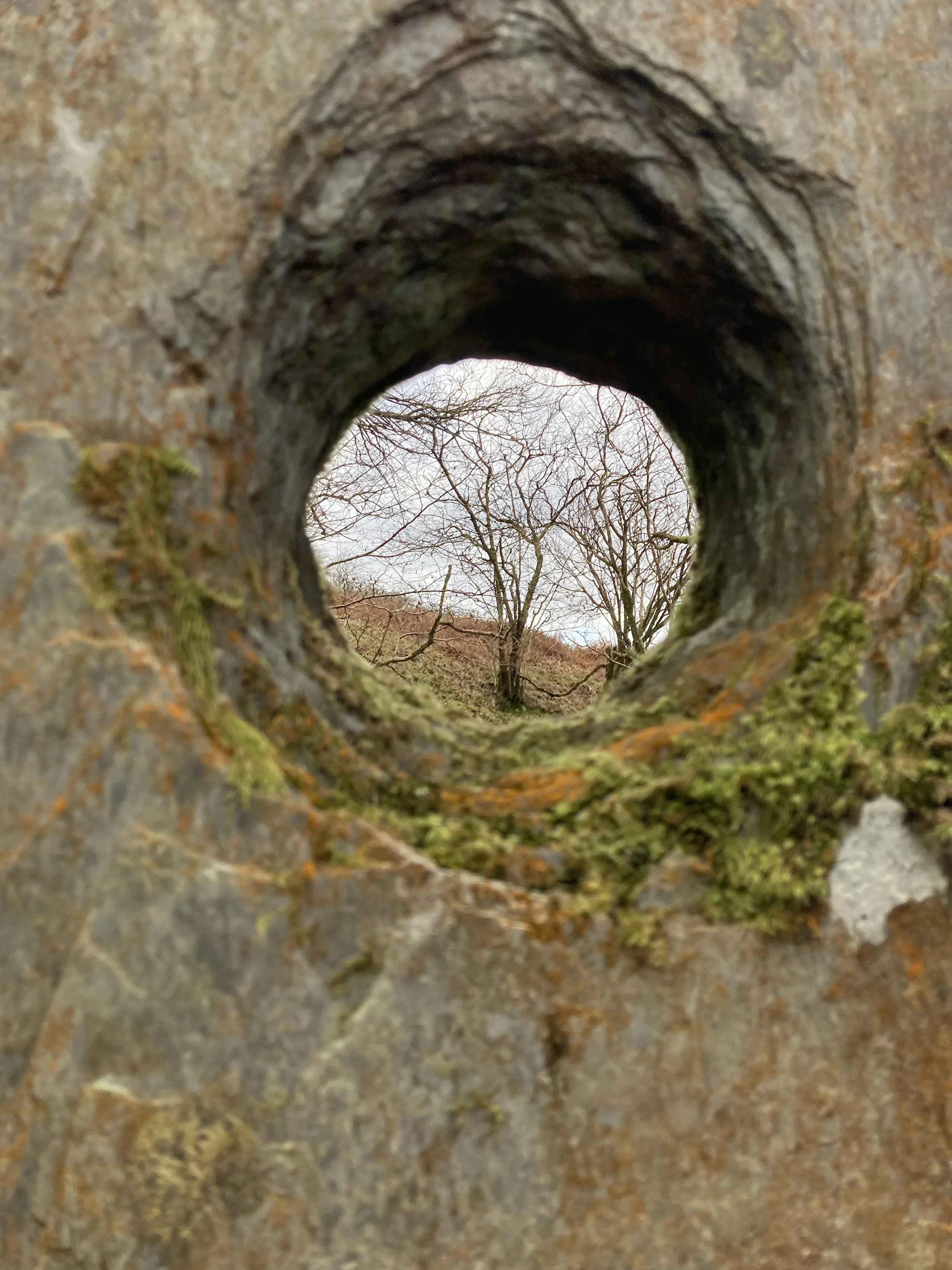
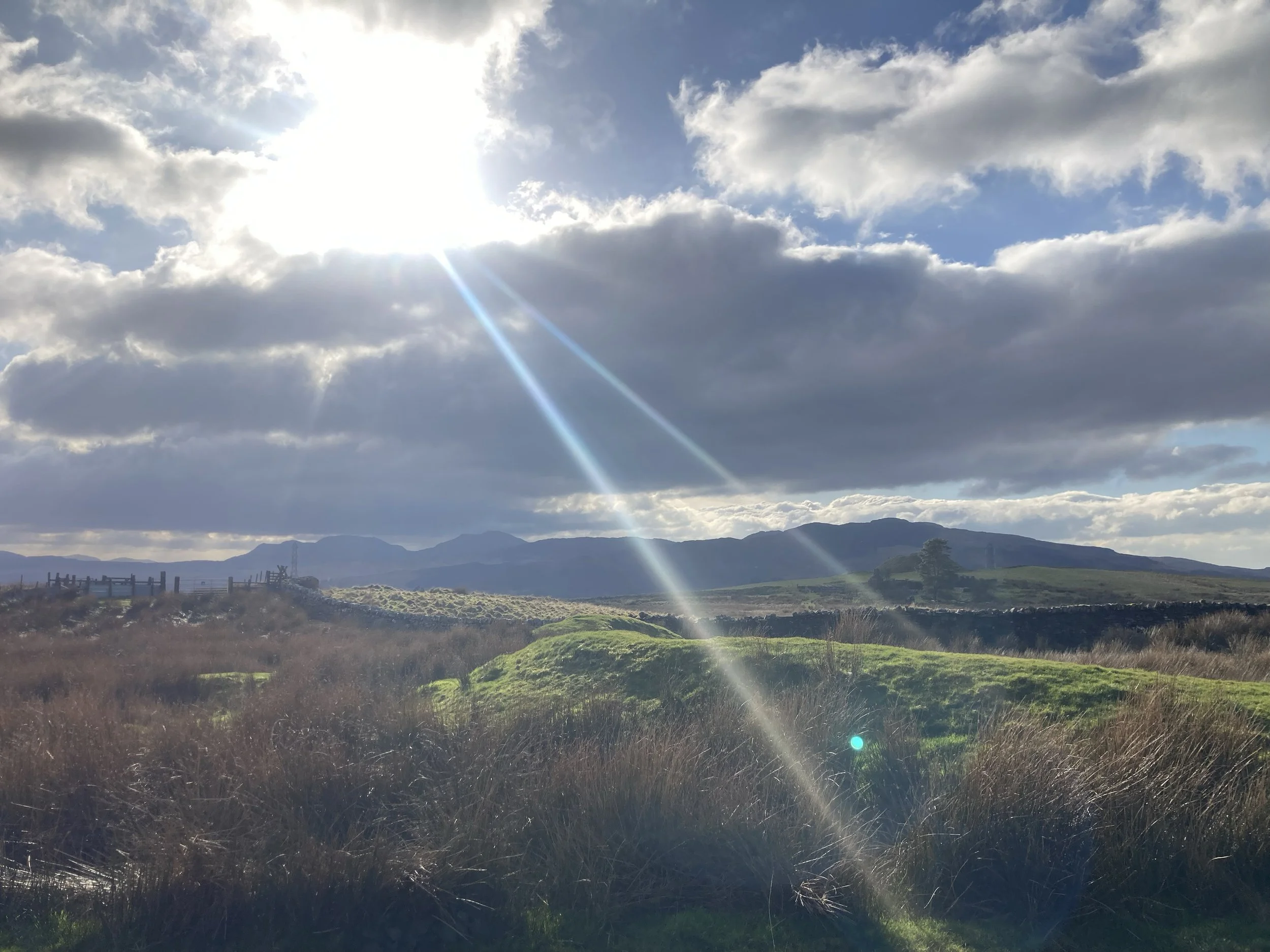
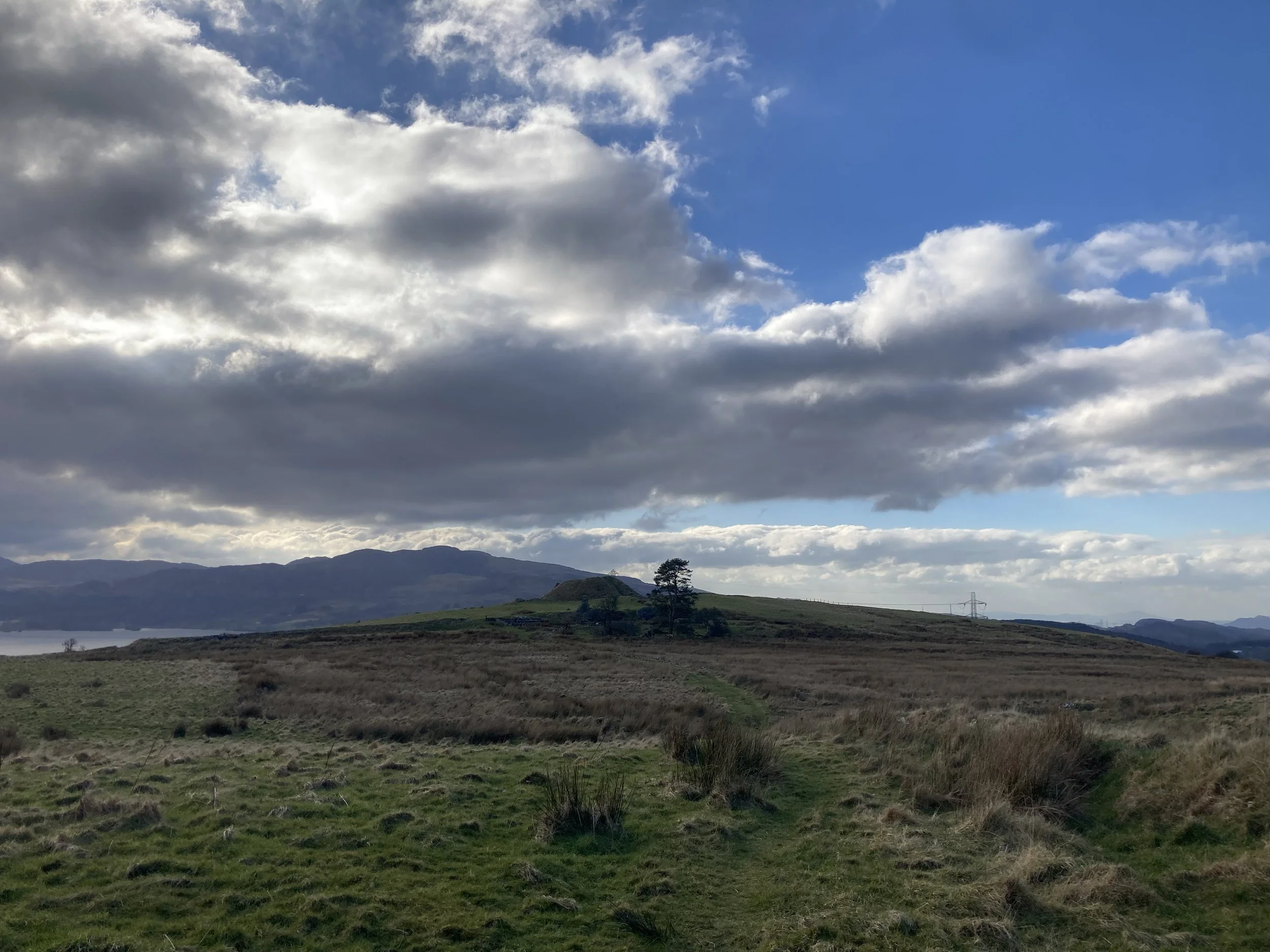
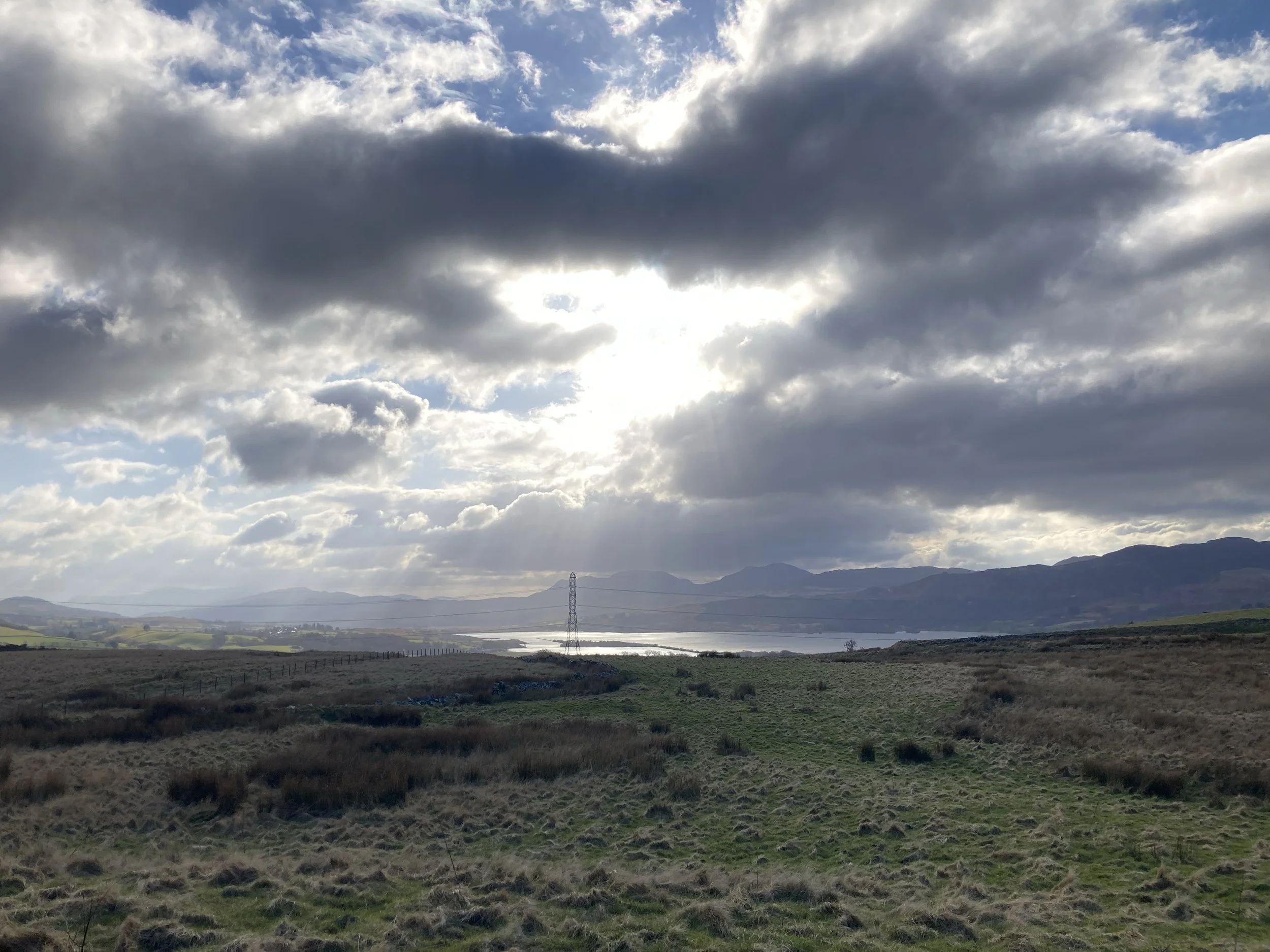
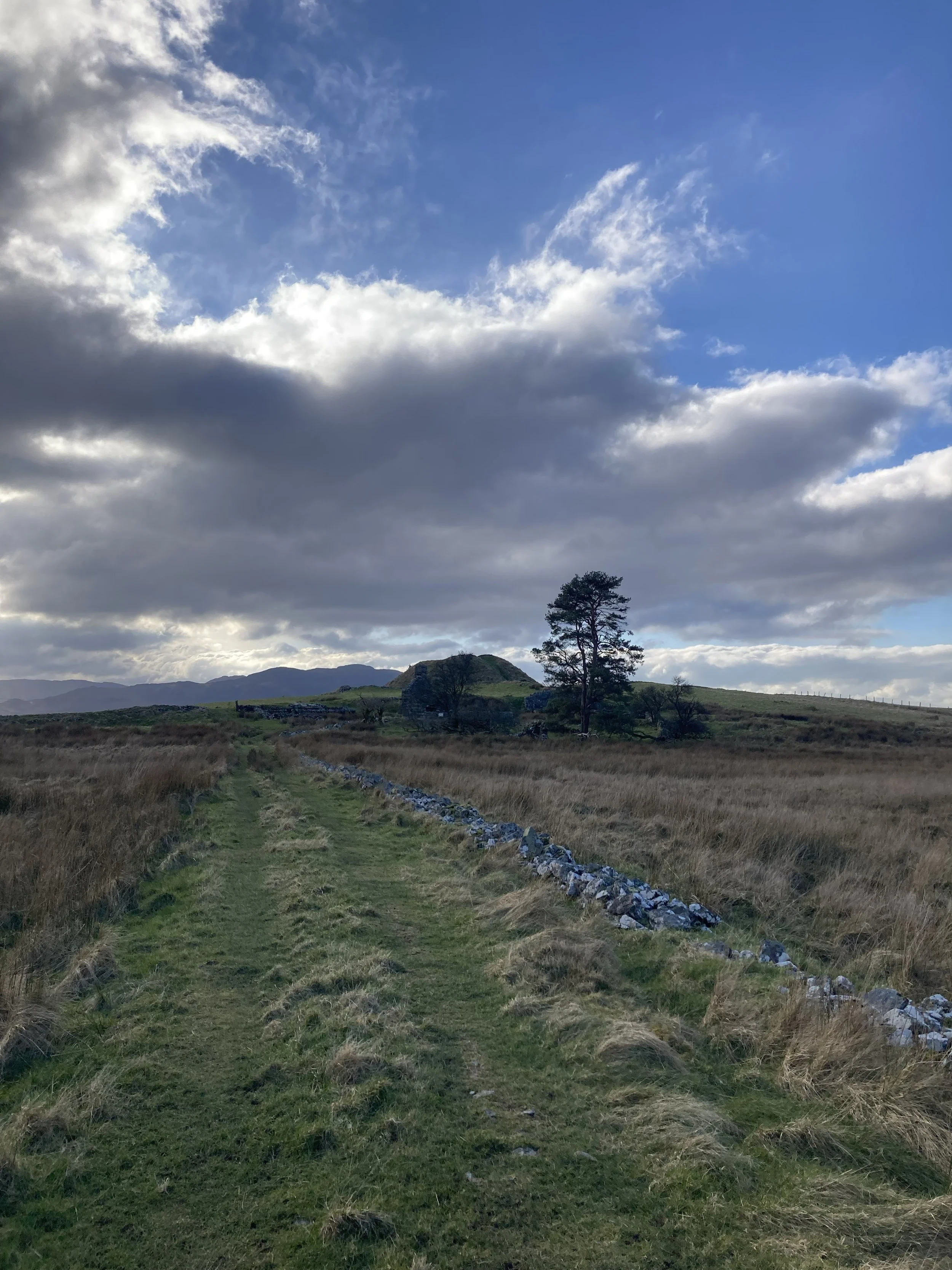
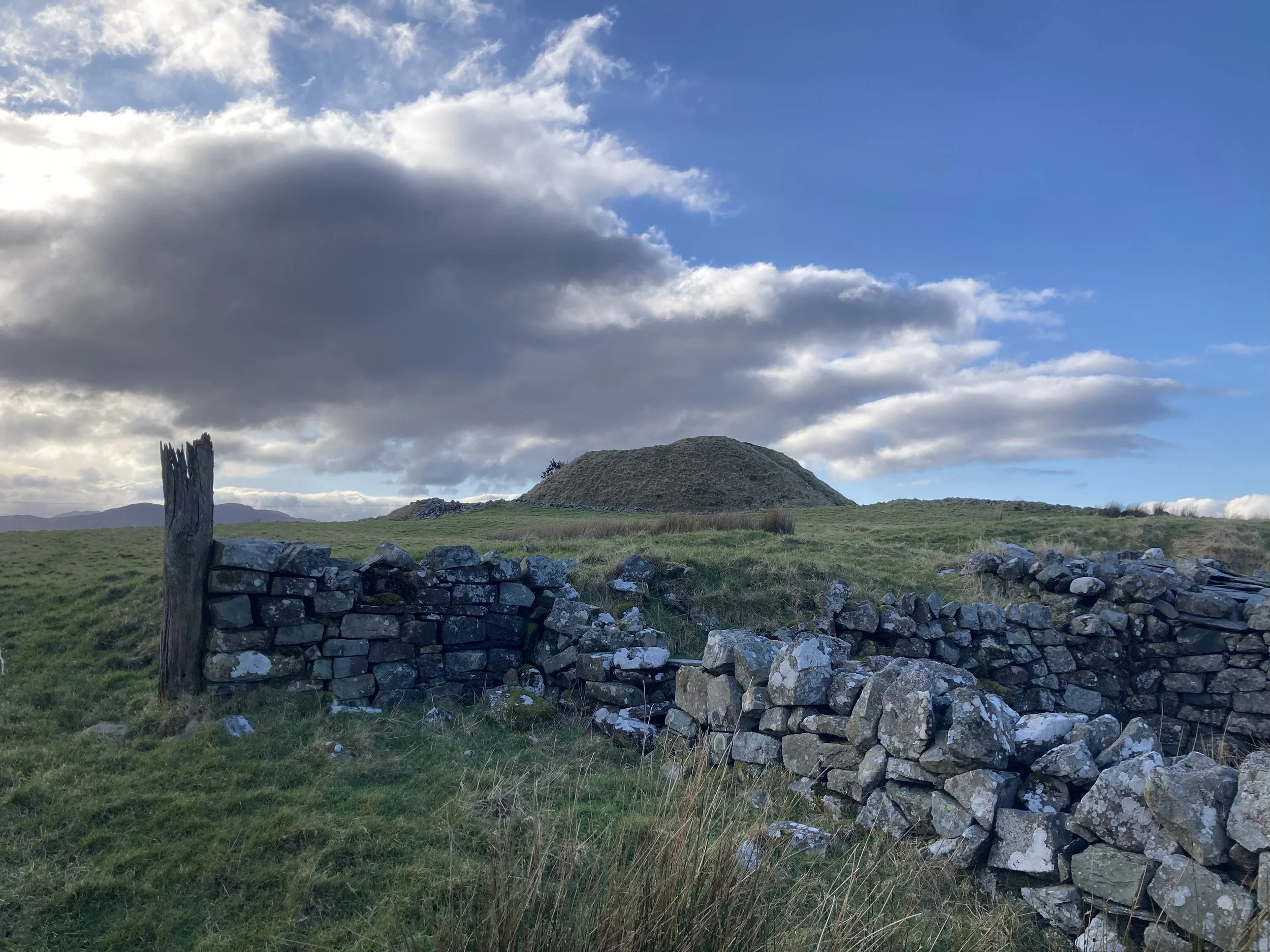
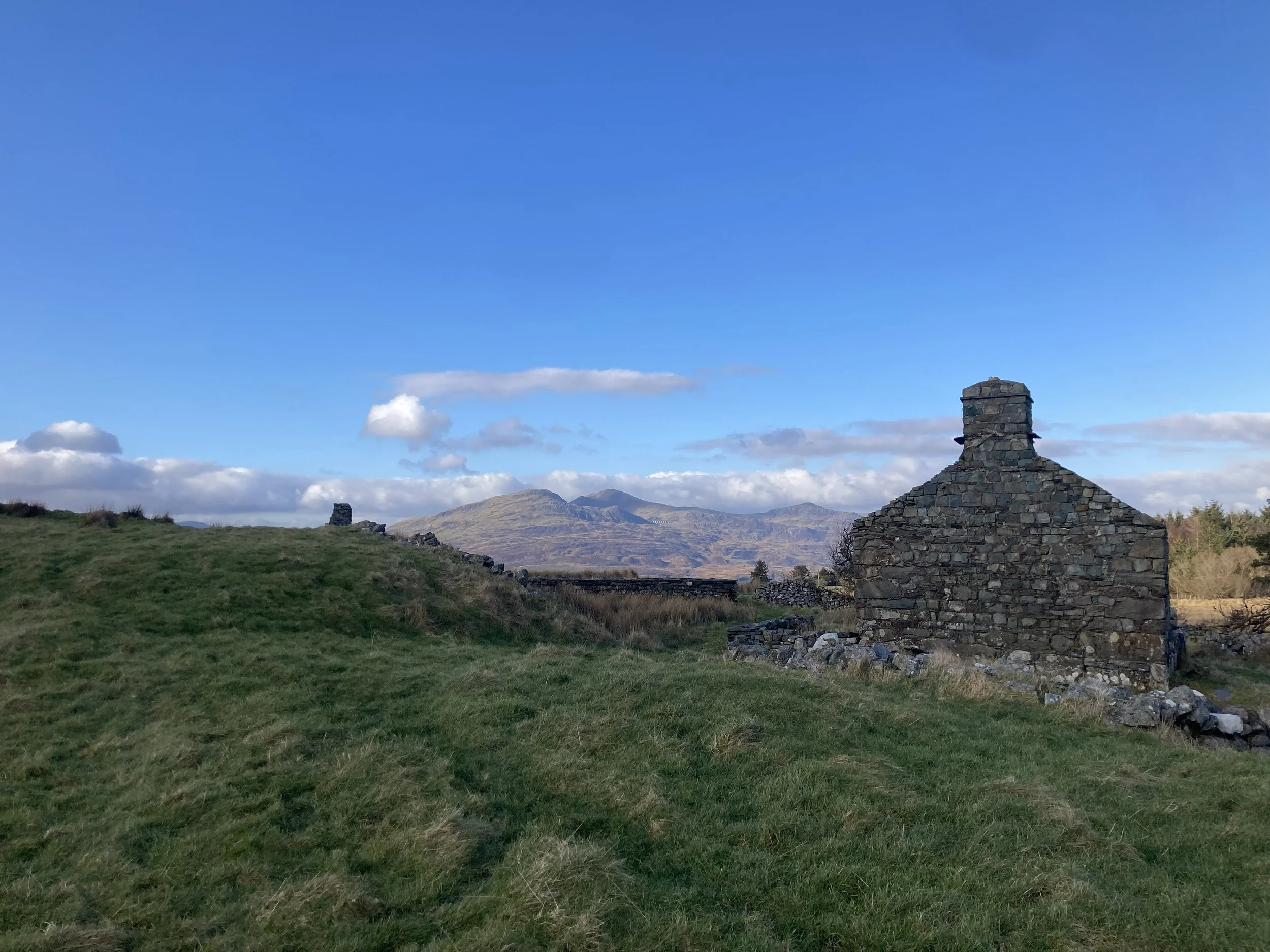
A practical outcome from this trip - a way of just bringing together the images, the writing, the experience - was a zine, created from the images you see above along with the writing and drawing we did at the sites.
Workshops…
An important part of this process was, of course, to simply read and discuss the story so, following the road trip, a reading group/workshop was set up, with an open invitation sent out to Common Wealth’s extensive community.
Led by Barry-based writer, Taylor Edmonds, this was a fascinating workshop at Llanrumney Hall, where those of us who’d been on the road trip shared our photos and experiences, and then we went through a series of tasks - devised by Taylor - to get us really thinking about the story, and drawing out a vast range of personal, cultural, thematic, and historical connections we collectively, and individually, made with the story.
Again, as with the road trip, there was a direction of travel with this workshop, but no clearly desired destination. The purpose of it was to allow whatever might emerge to emerge - deepening and expanding our collective understanding and view of the story and how it connects to people now.
Based on the things discussed, the group were then invited to visit the online portal for the National Museum collections (an amazing, free, publicly accessible resource), to identify objects and artefacts that they felt connected to the things that had been discussed. This wasn’t an exercise in finding Mabinogi-related artefacts, but more the idea of casting a wide net to identify a series of things we would then go and see, for real, in the museum stores, in a follow-up workshop.
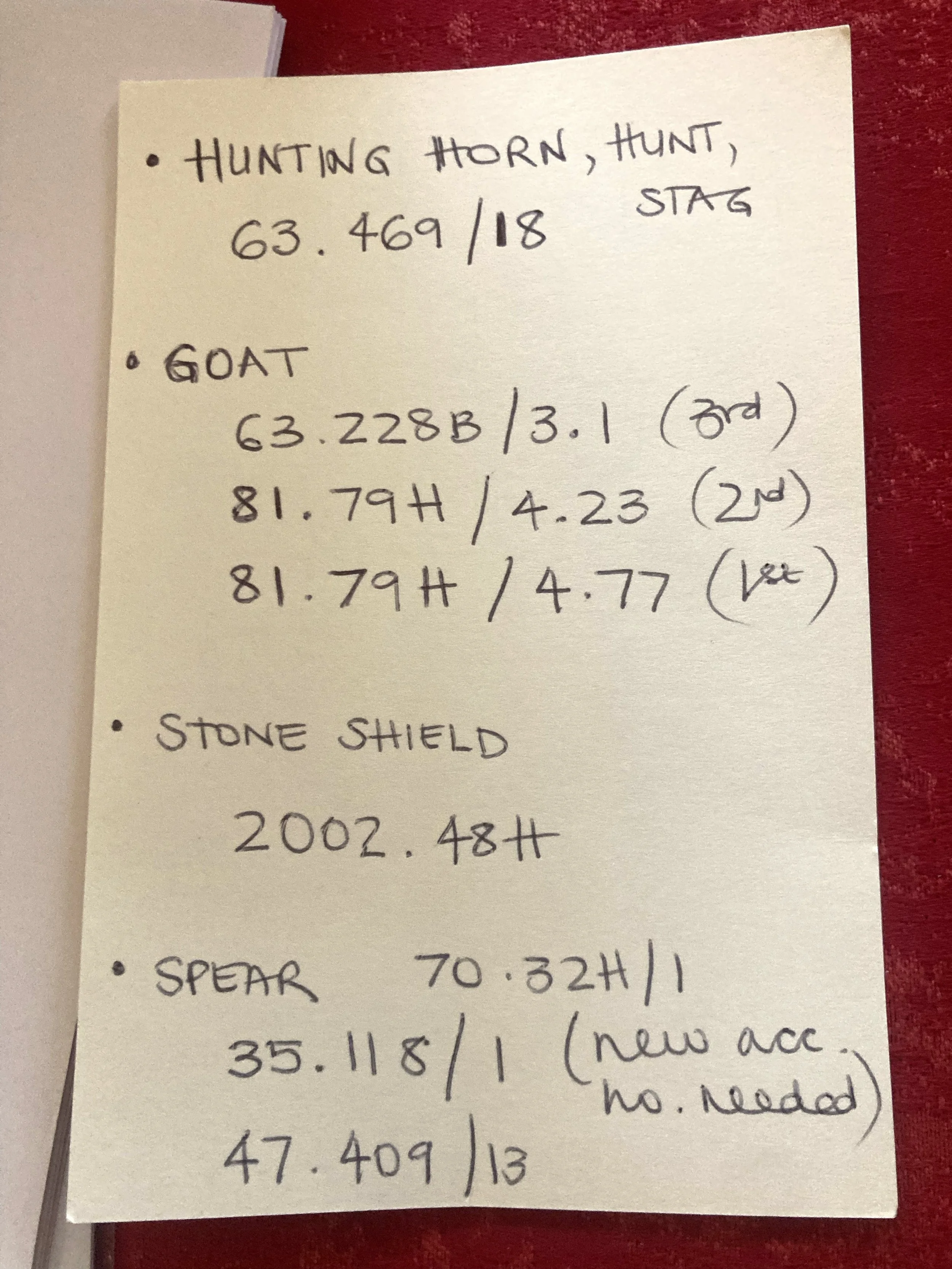
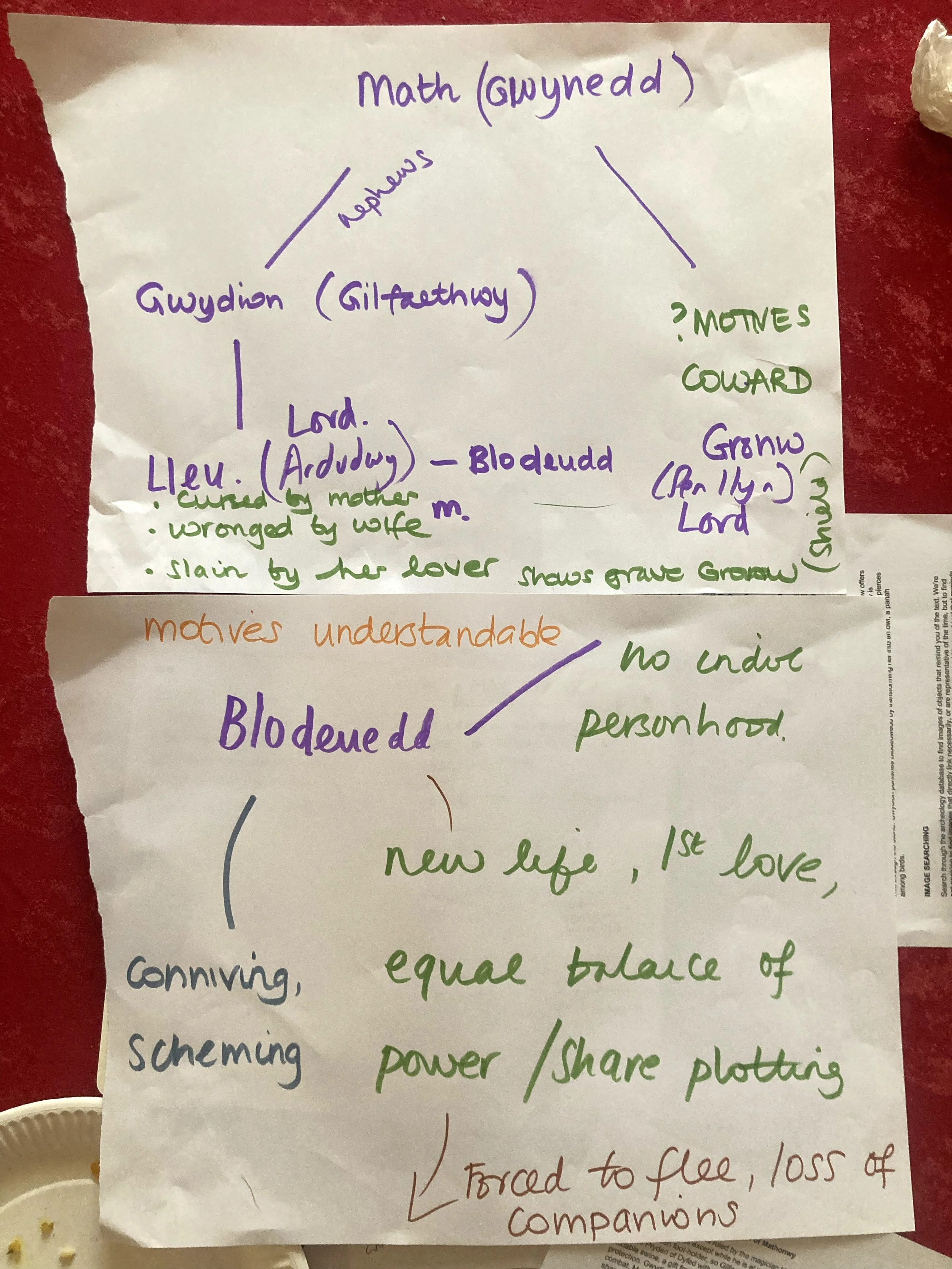
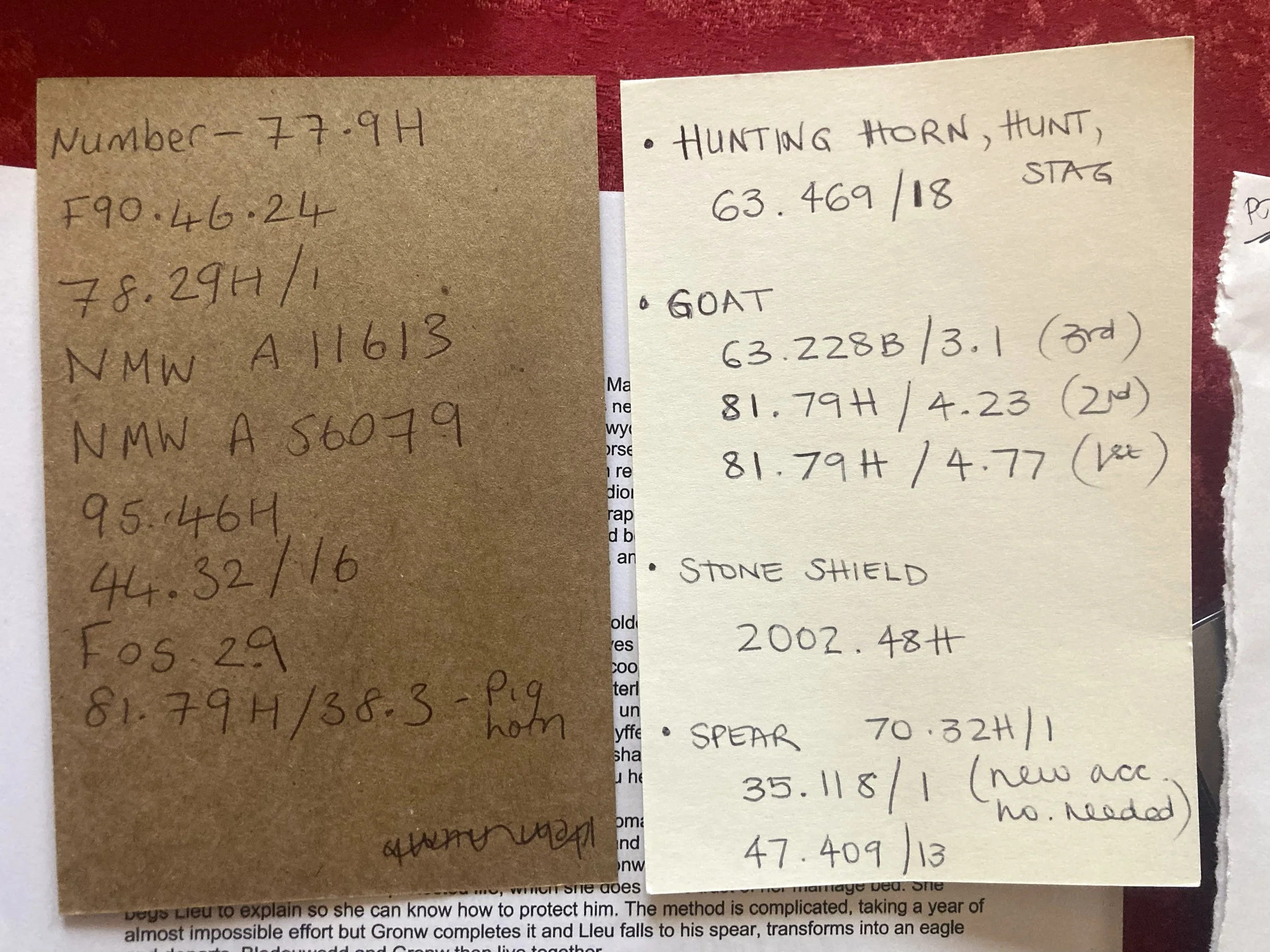
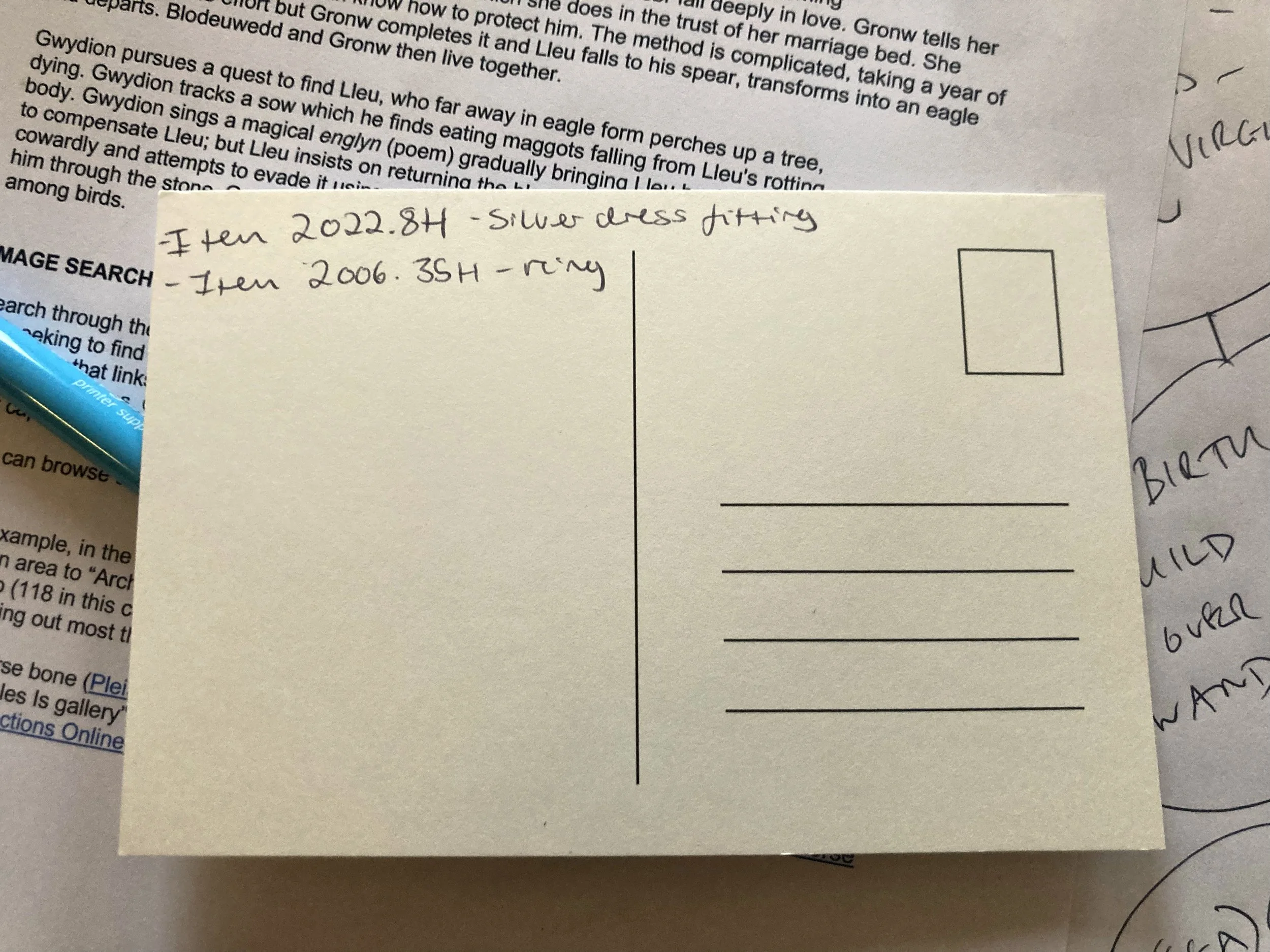
So, on a Saturday morning, two weeks later, we found ourselves in the basement of the National Museum faced with a range of priceless artefacts dating back as far as 5000 years!
This was a really extraordinary experience - to be behind the curtain at the National Museum and to be sat, in a small group, in a room with these priceless artefacts and - after a very clear briefing from museum staff on how to handle the objects - being trusted to physically hold a piece of history.
Steve had devised an interesting way to manoeuvre through the objects, by using them to tell the story of The Fourth Branch. Whilst the objects weren’t specifically related to the story, the fact that people had drawn thematic or visual connections with the objects meant that they all tangentially related to the story in some way. This proved a really interesting and useful way to retell the story in the space and also to engage with the objects. Most of the morning was spent in this way as it was simply so fascinating being around these objects and, of course, being told their specific histories by the staff from the museum.
The last task of the morning was a bit of drawing, where everyone there was encouraged to make a simple drawing of their favourite object from the selection on the table, before we retreated to a different room for samosas (from Pooja Sweets on Albany Rd. Highly recommended if you’ve never been), conversation, and a final bit of drawing.
This final bit of drawing was a bit of representational fun, playing with the idea of how the stories of The Mabinogi have been shared over the years. For hundreds of years these stories only existed aurally, being shared by bards and story tellers across the land. Personally, I’m interested in the idea of how any story shifts and changes in its telling. In the case of The Mabinogi, we have an interesting arc in that they were only shared person-to-person for this extended period of time before being compiled and written down in the 12th-13th century. Then, the first English translation of these manuscripts occurred in the mid-19th Century, done by Lady Charlotte Guest. So there’s this strange anchoring that occurs to the shifting sands of an orally shared story, initially in the 12th-13th century when they were written down for the first time, and then again through the act of translation (translation itself never being a precise science).
So, as a visual representation of this journey I got each person at the workshop to pass their drawing of an artefact to the person on their left, who then made a drawing of that drawing. They then passed their drawing of a drawing to the person on their left, who made a drawing of a drawing of a drawing. This happened a couple more times until we had multiple drawings of drawings of drawings of drawings - becoming slightly more abstracted or distorted or finessed each time.
These were all compiled into a zine with the outcomes from the writing workshop too, bringing this information and research together into a visual and shareable form. Anyone who knows me knows how much I love zines. I think they’re the perfect vehicle for making sense of a bunch of information that might otherwise just seem a little disparate - in many ways a halfway house between a sketchbook and a fully resolved artwork.
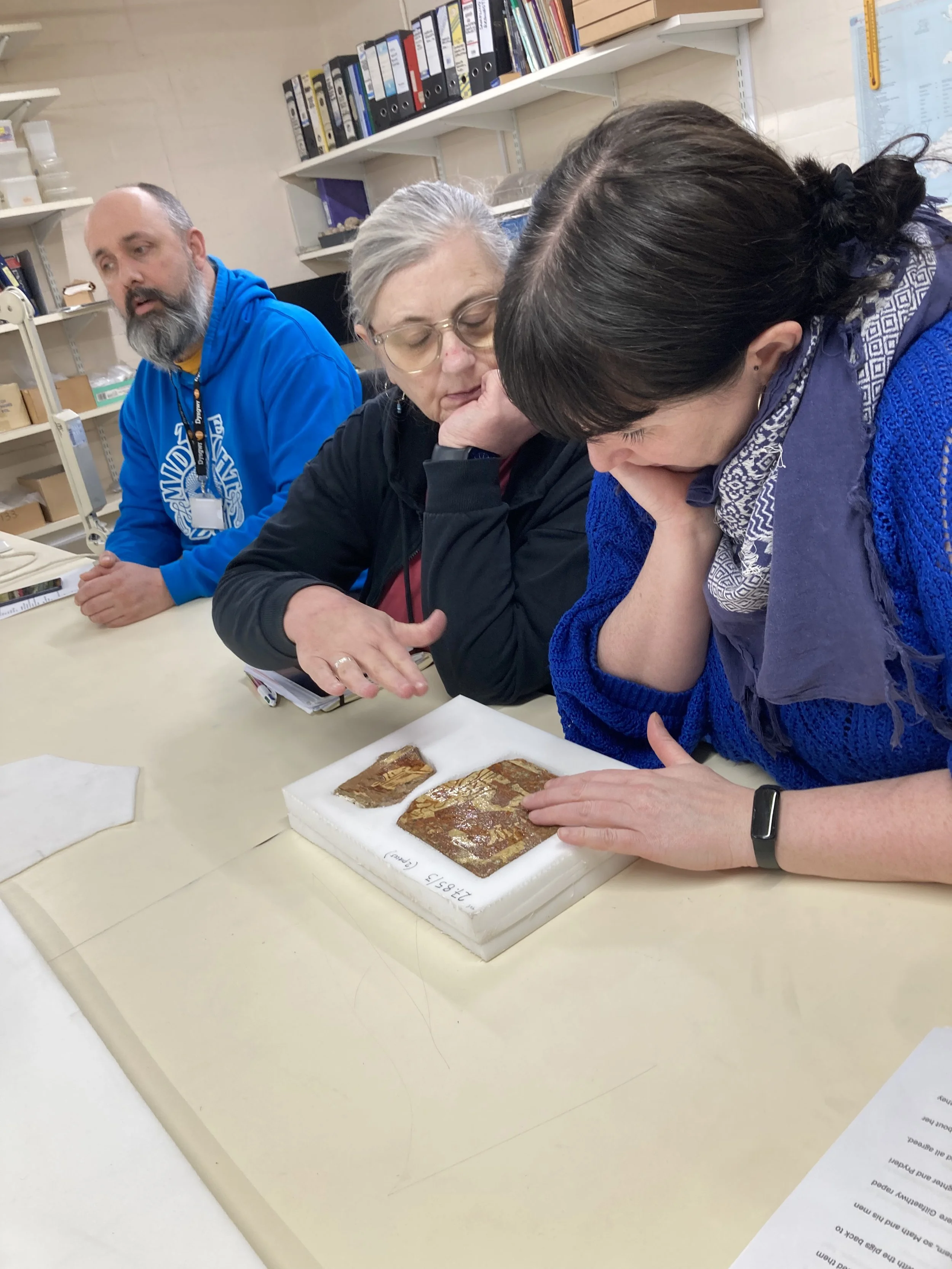
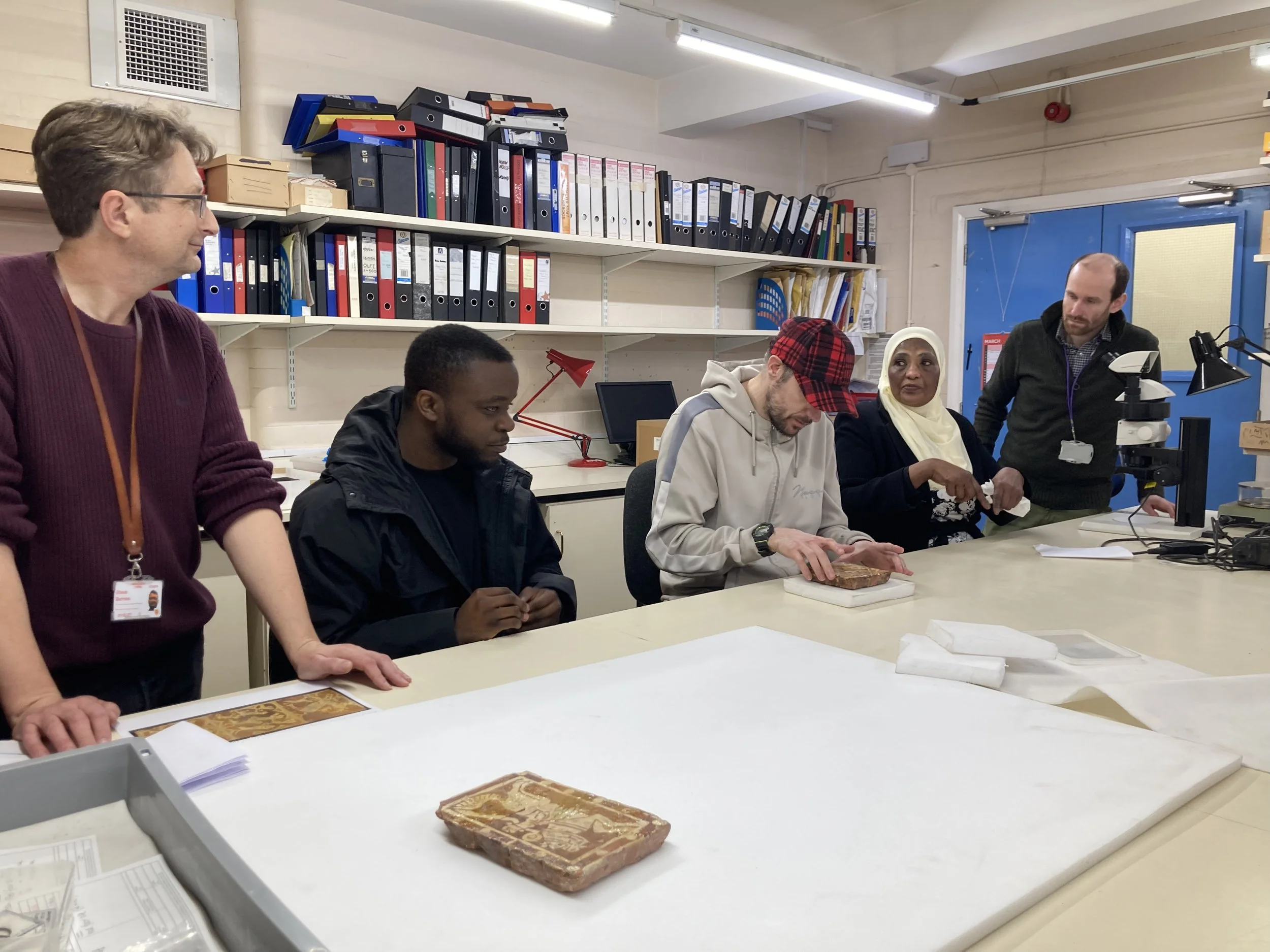
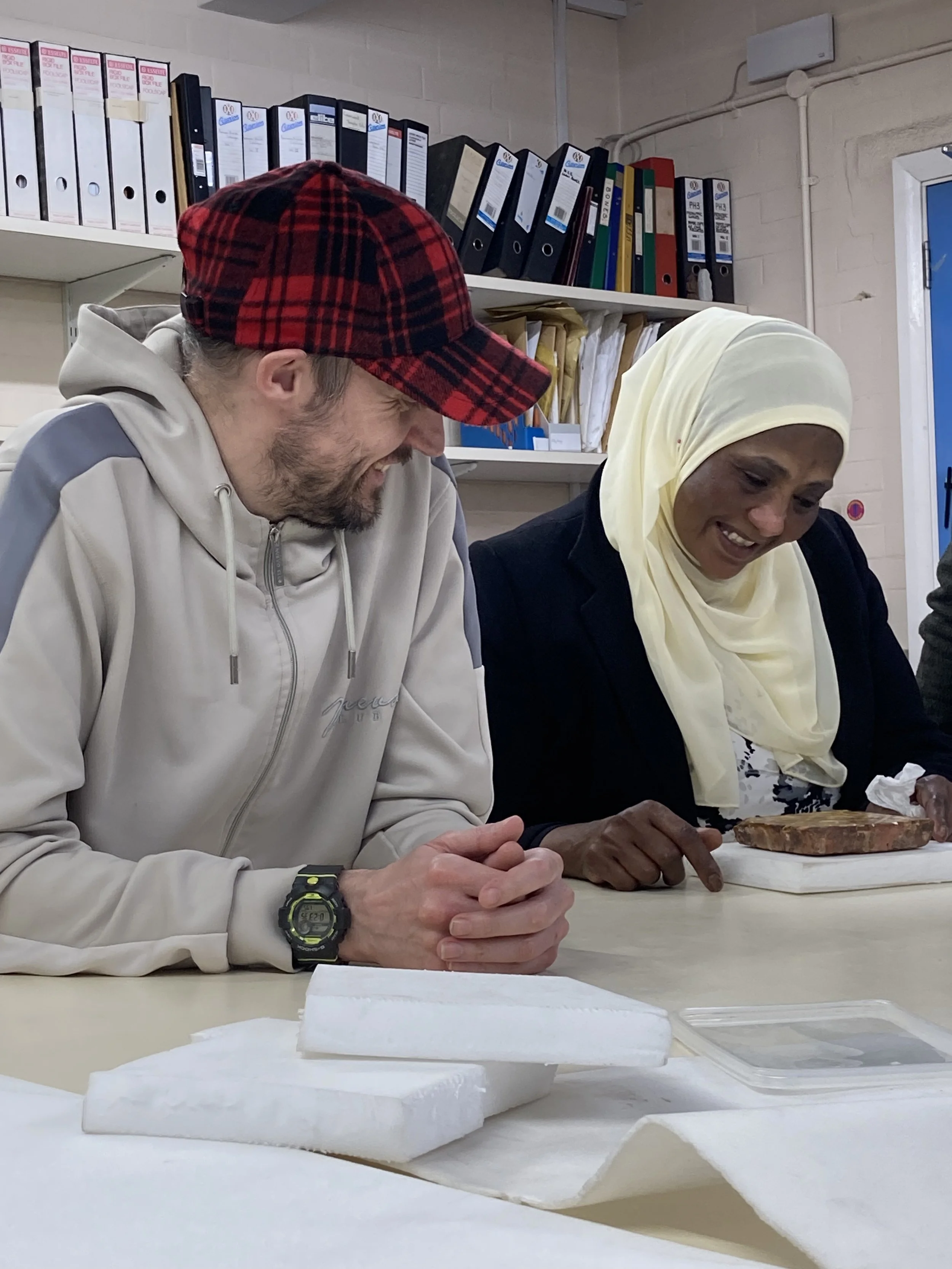
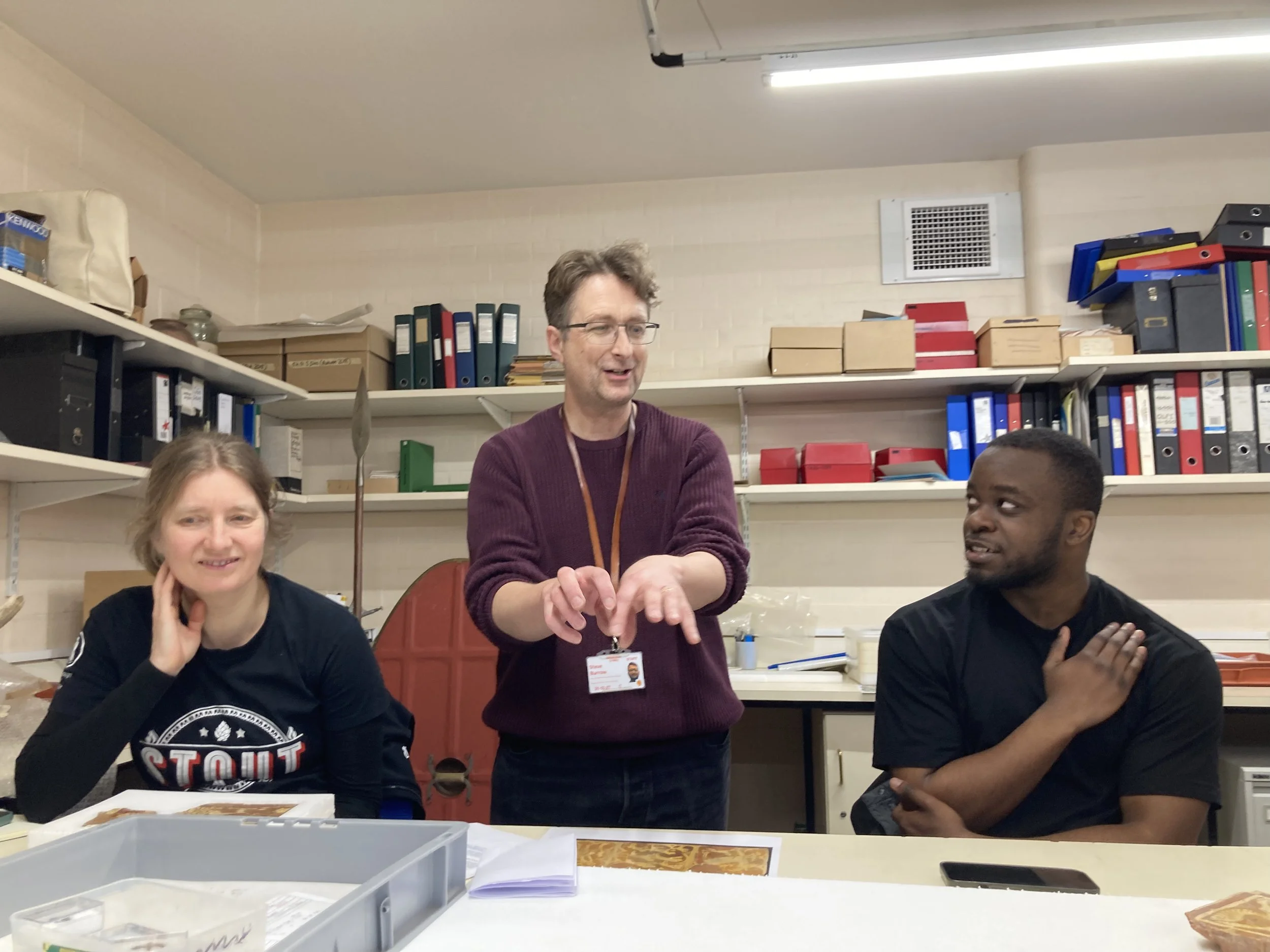
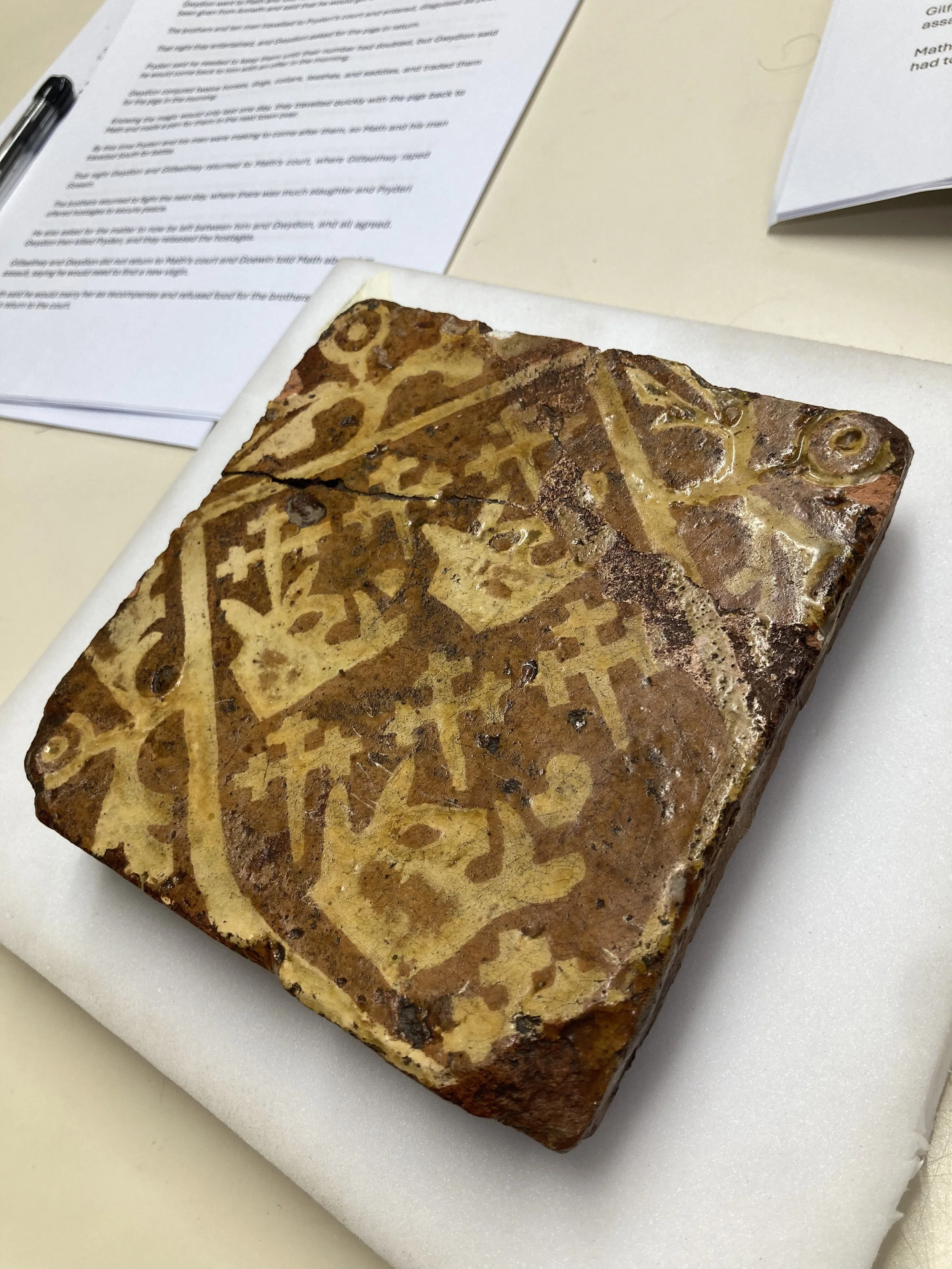
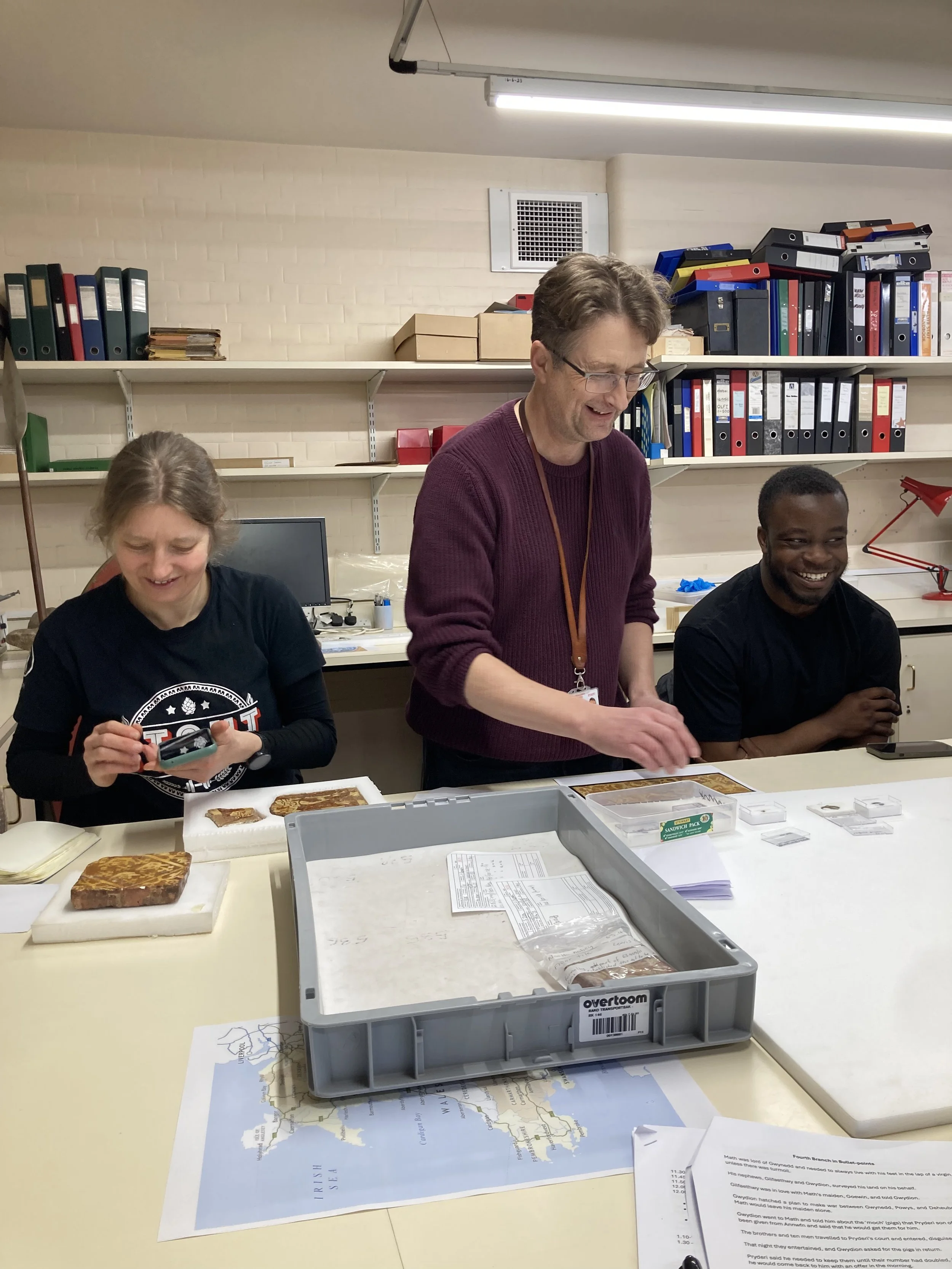
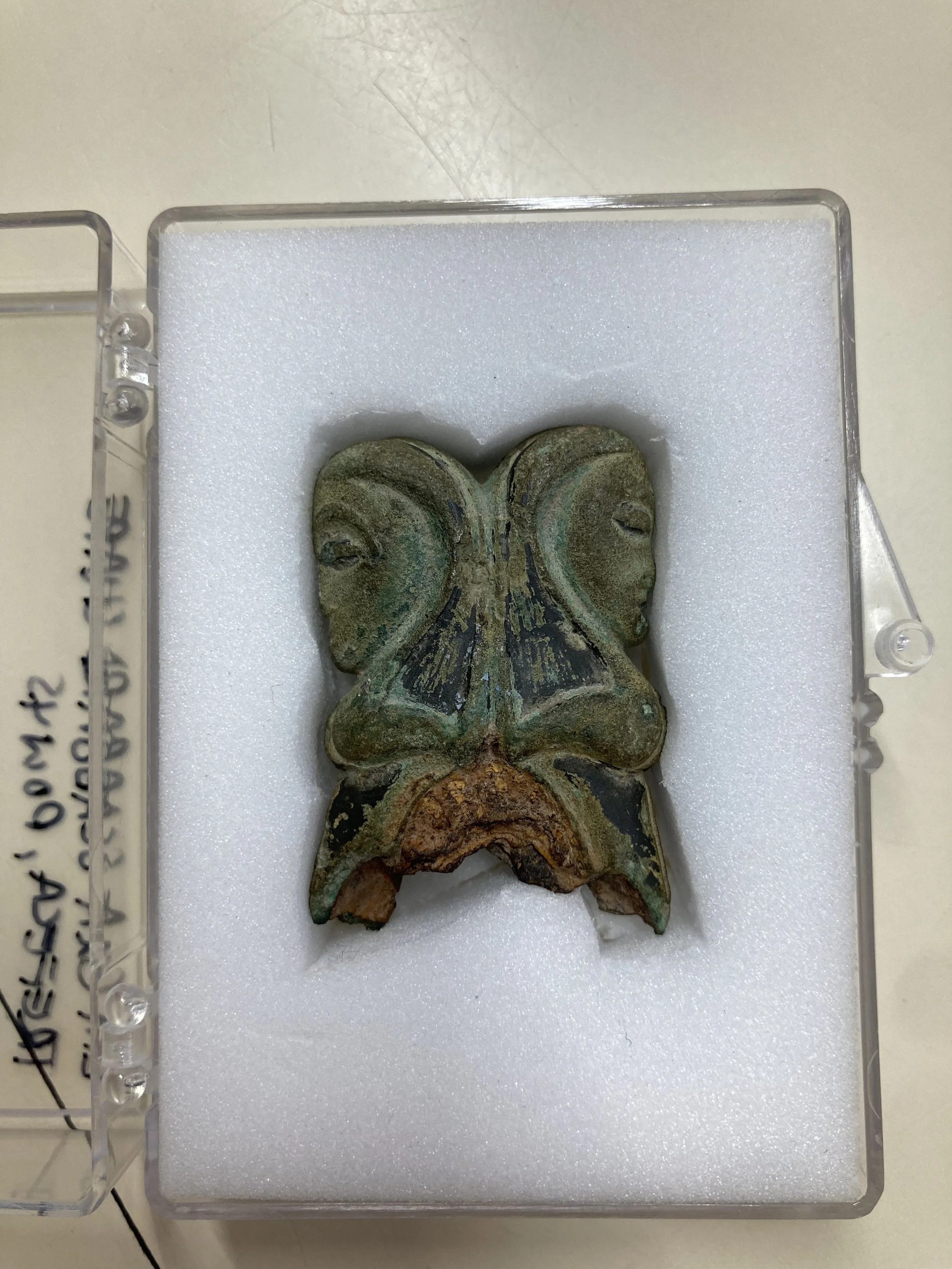
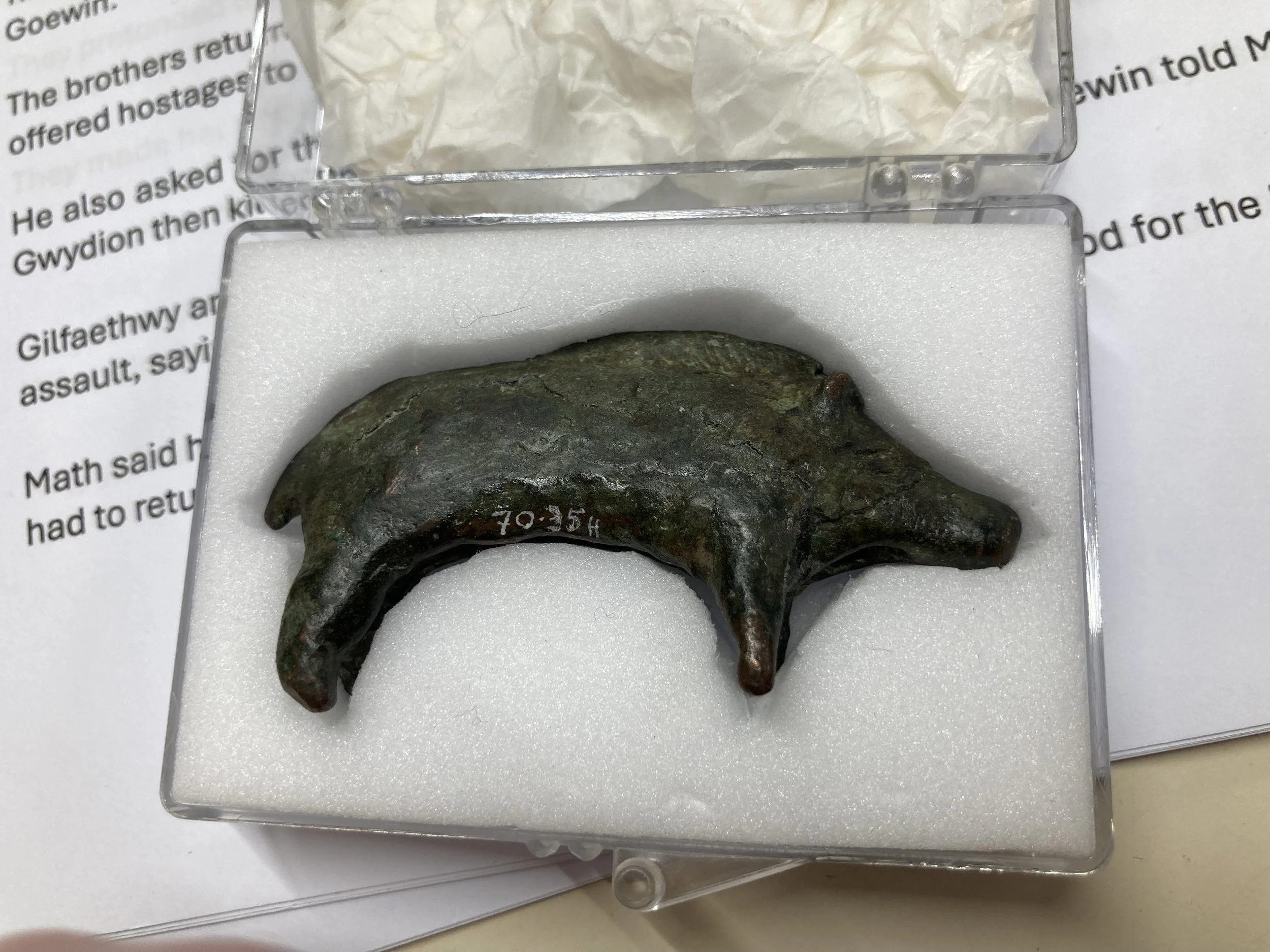
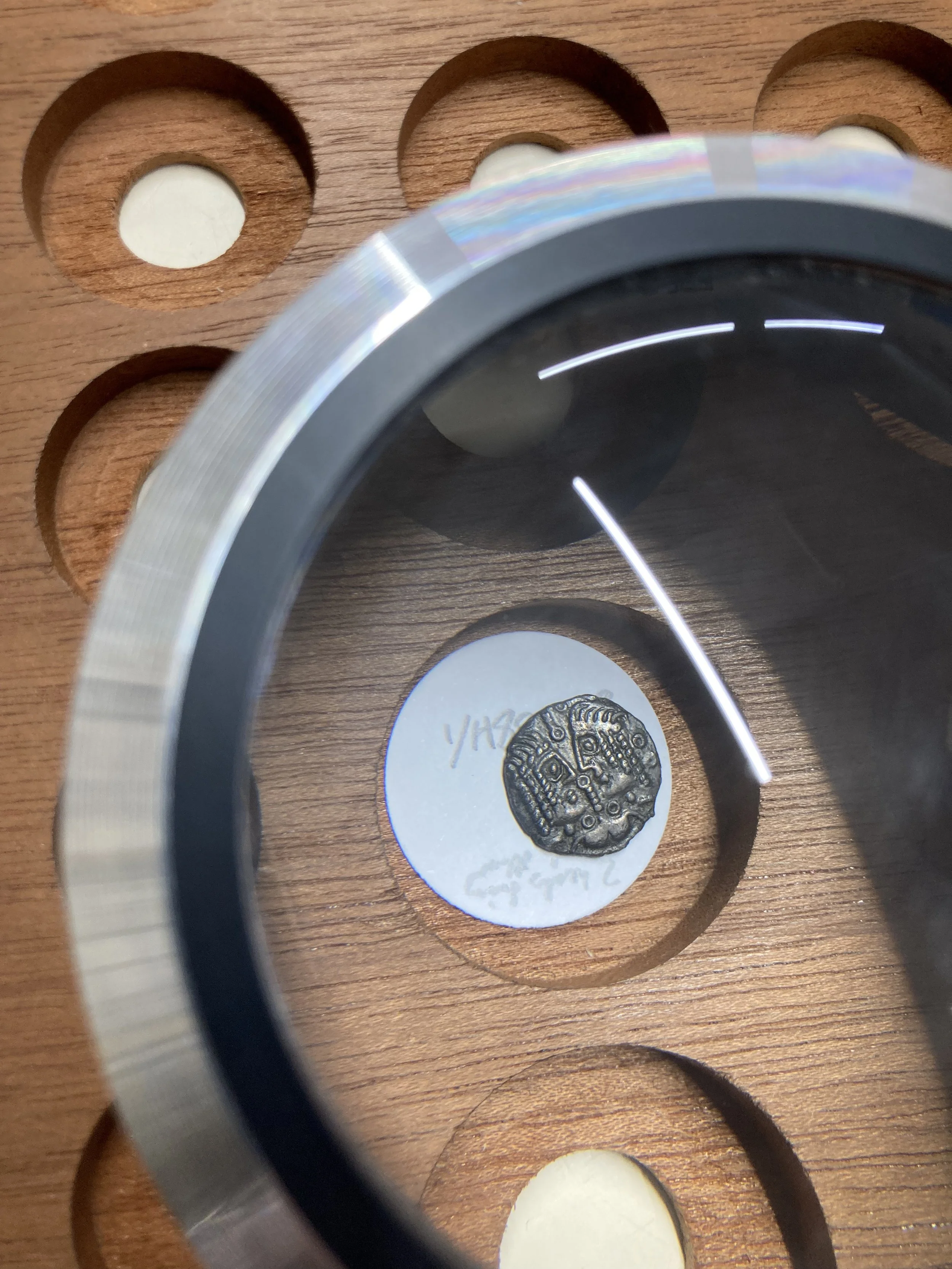
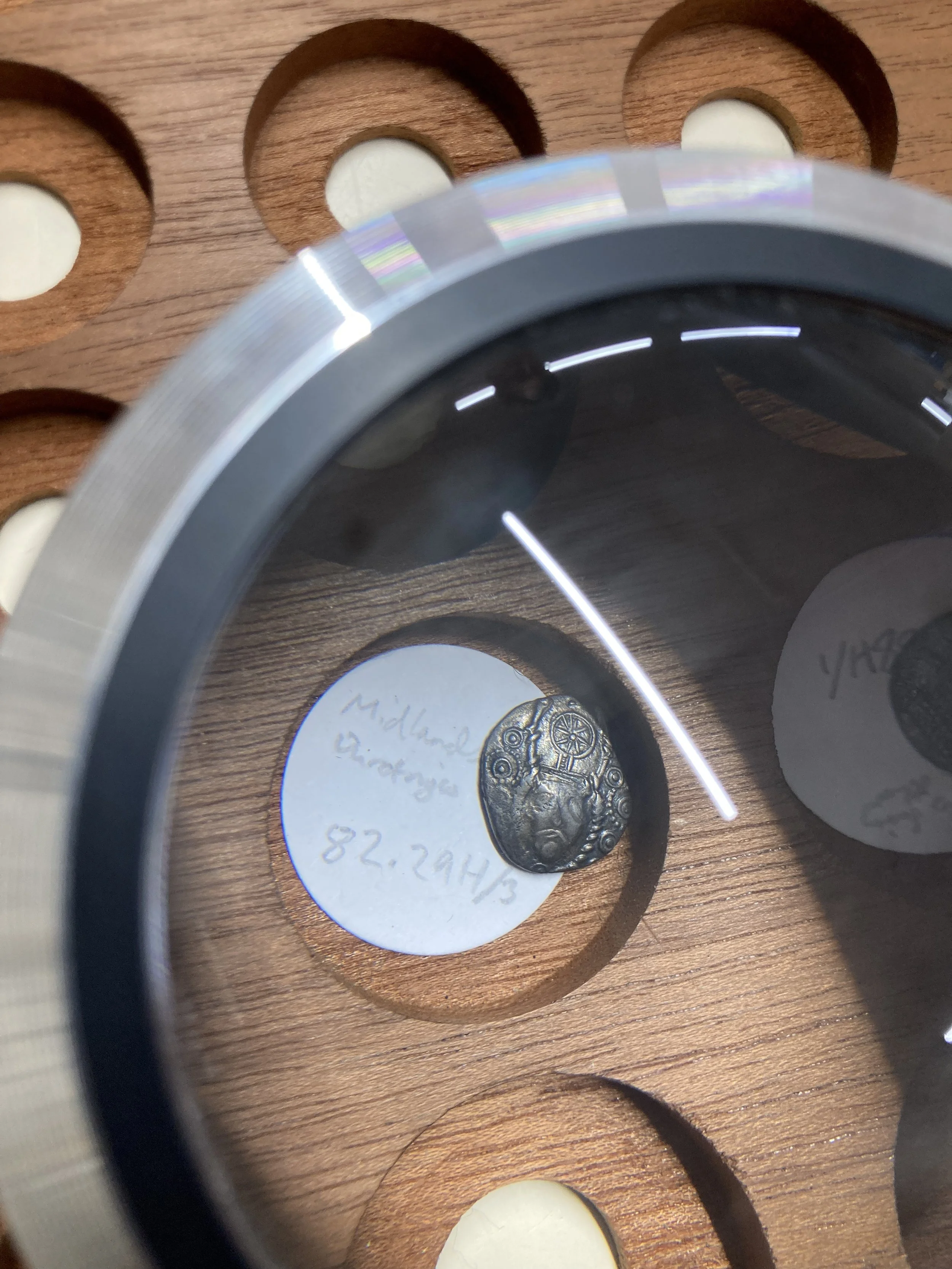
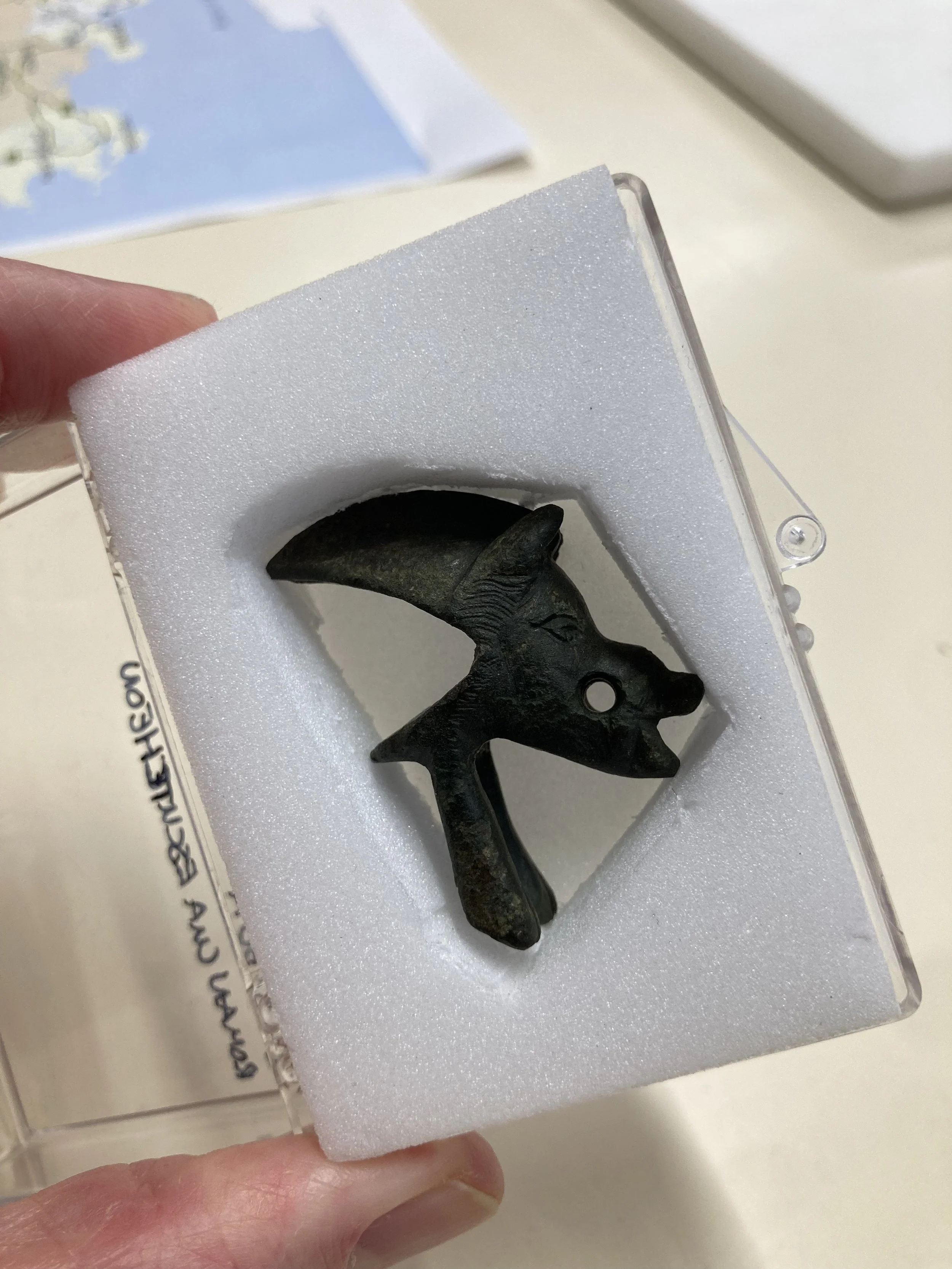
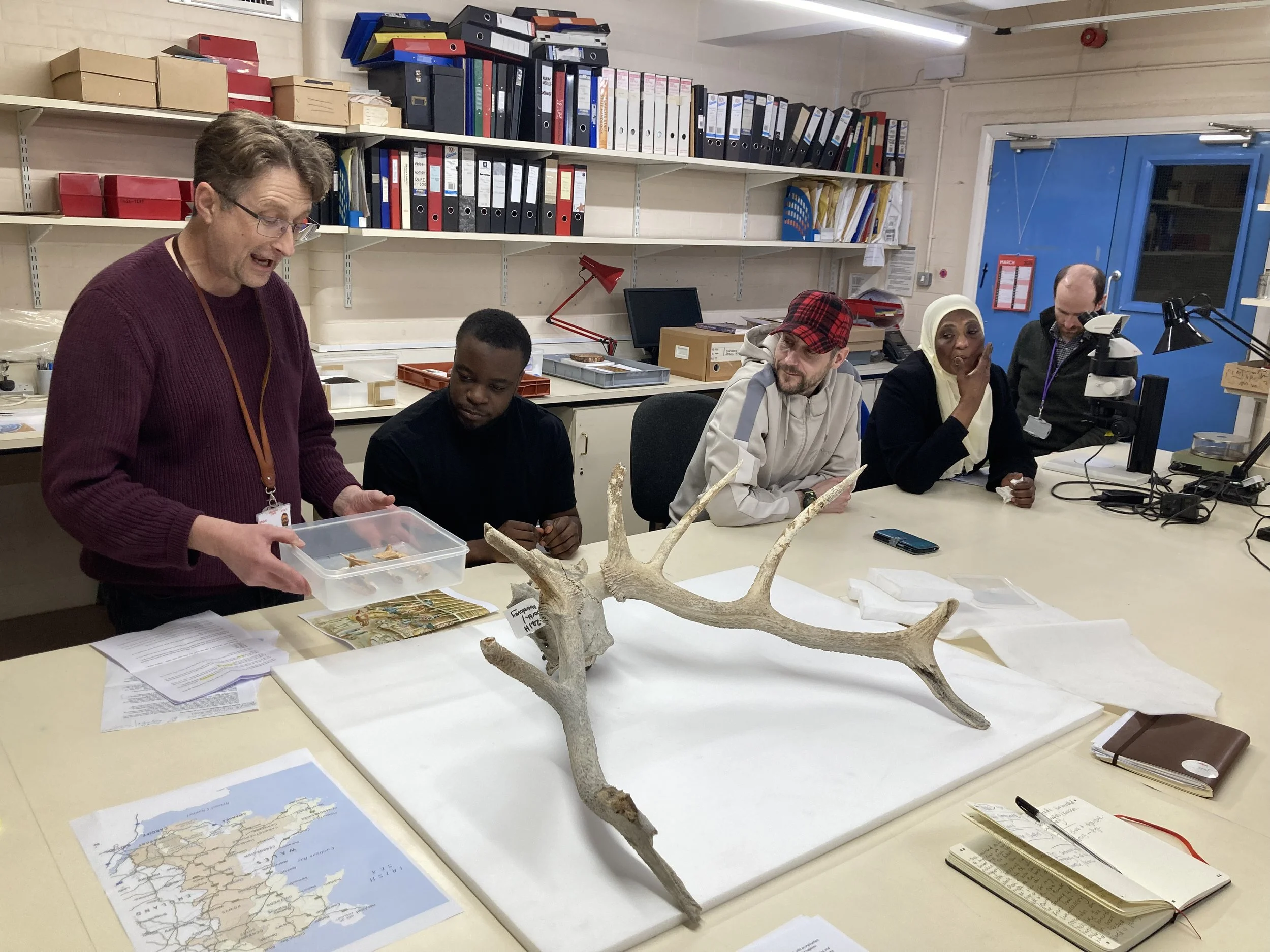
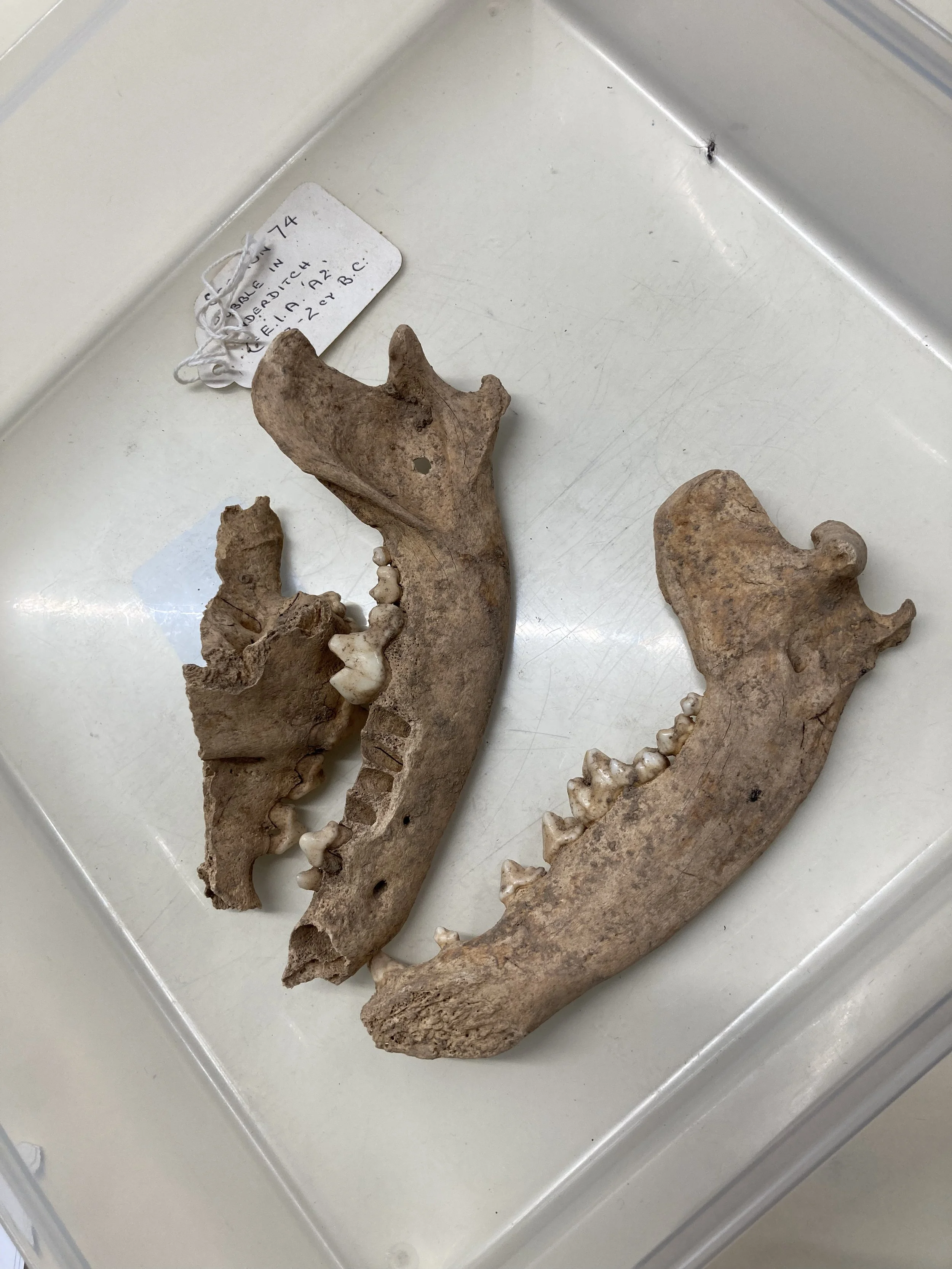
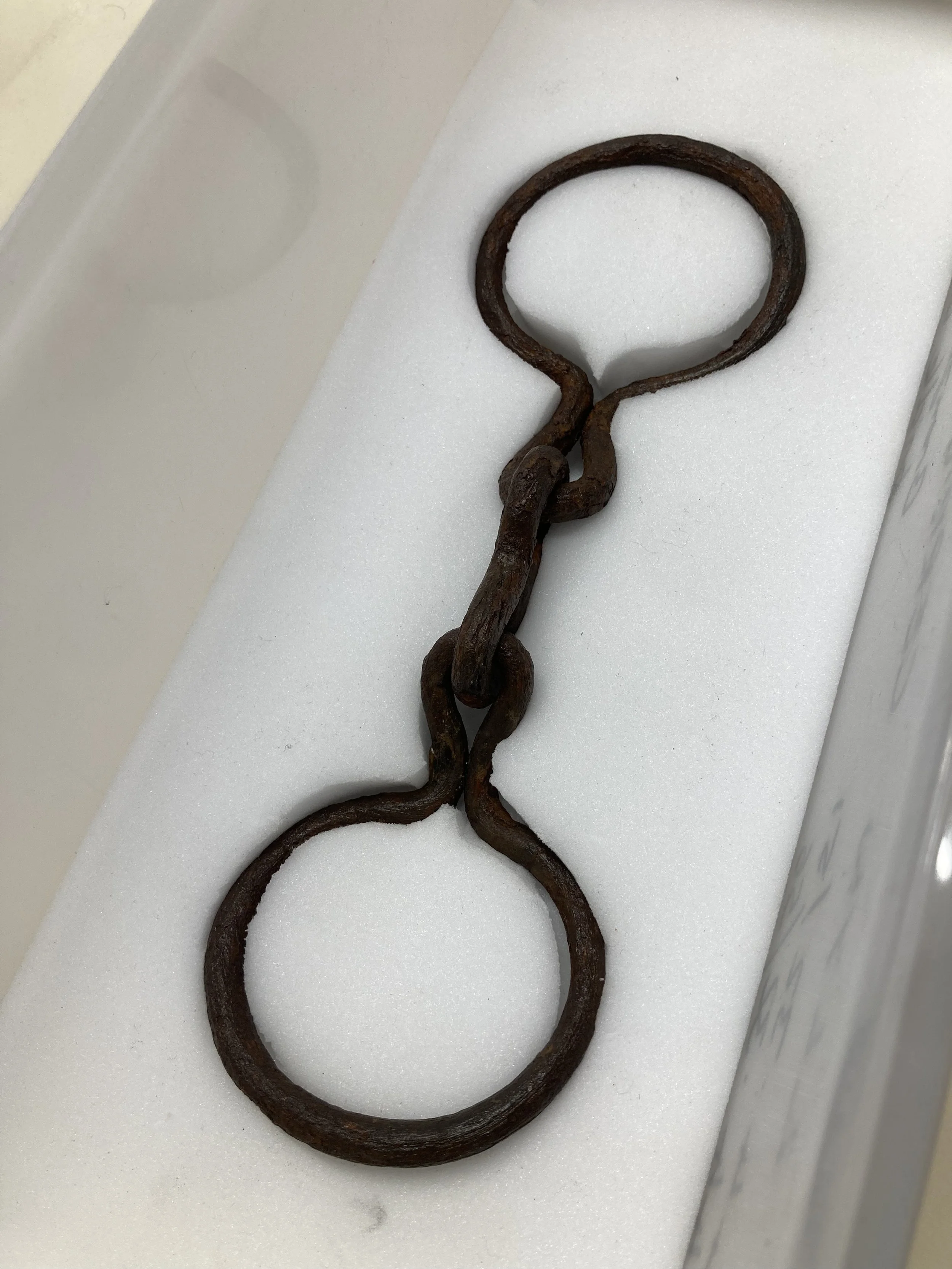
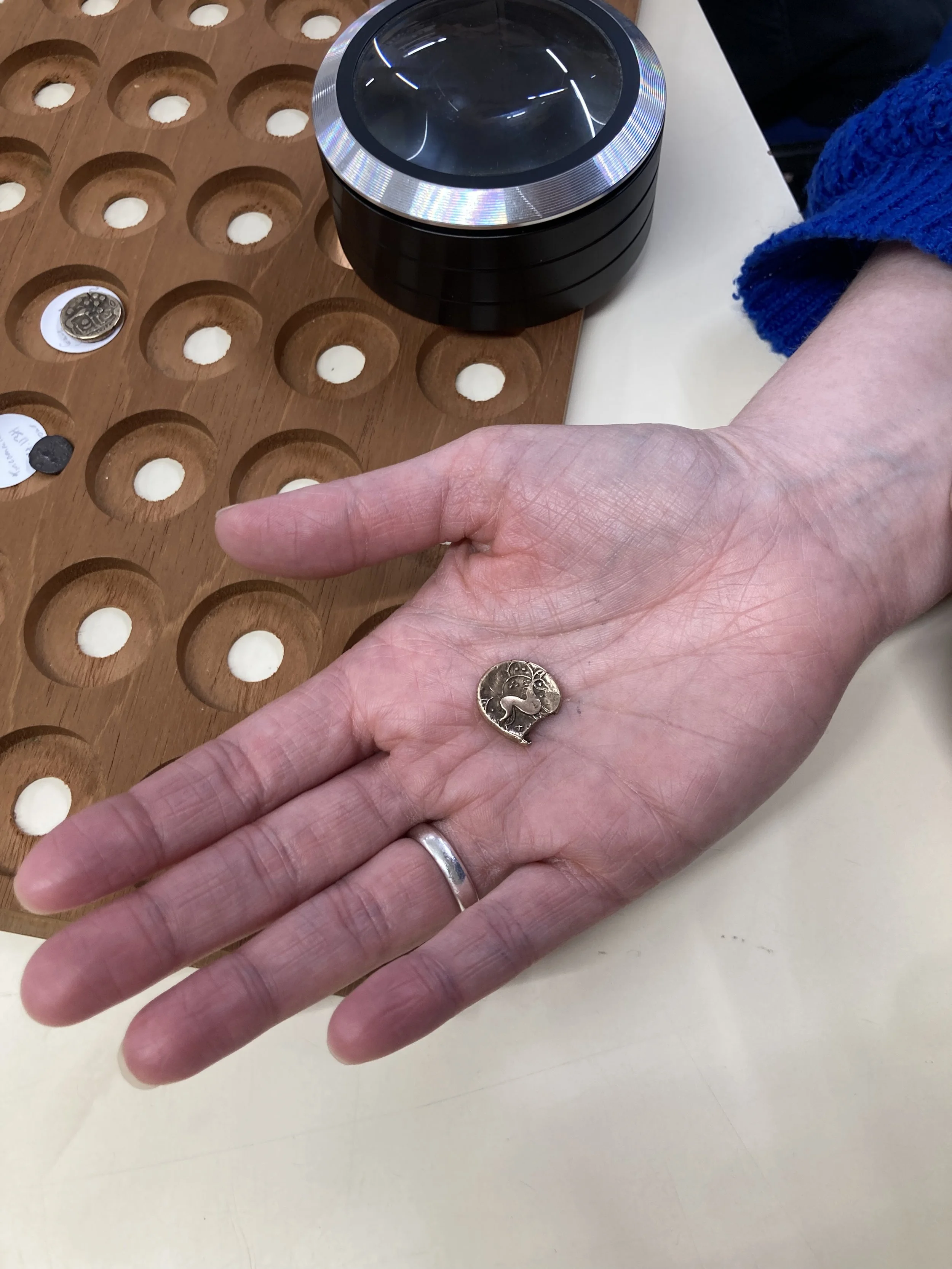
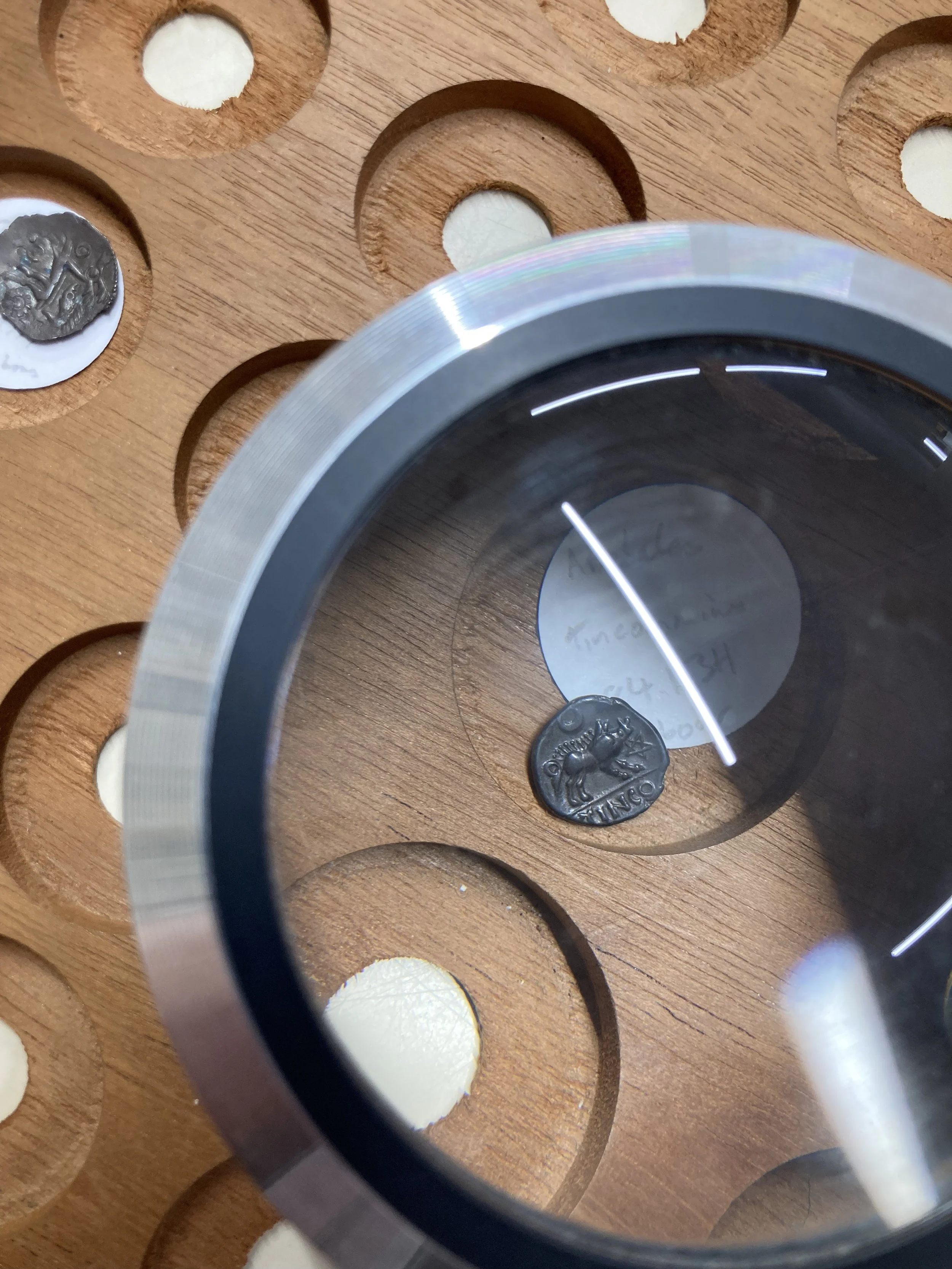
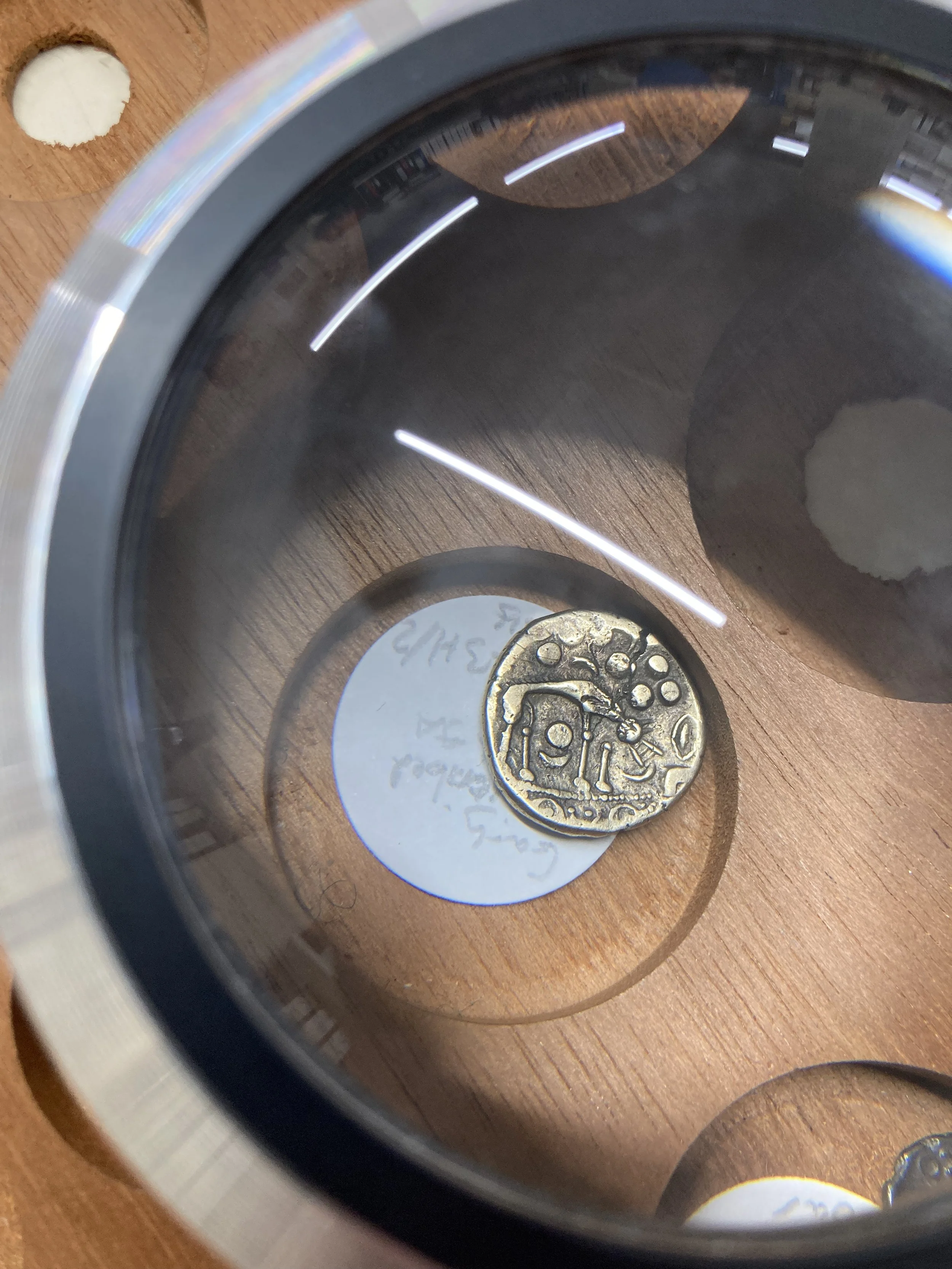
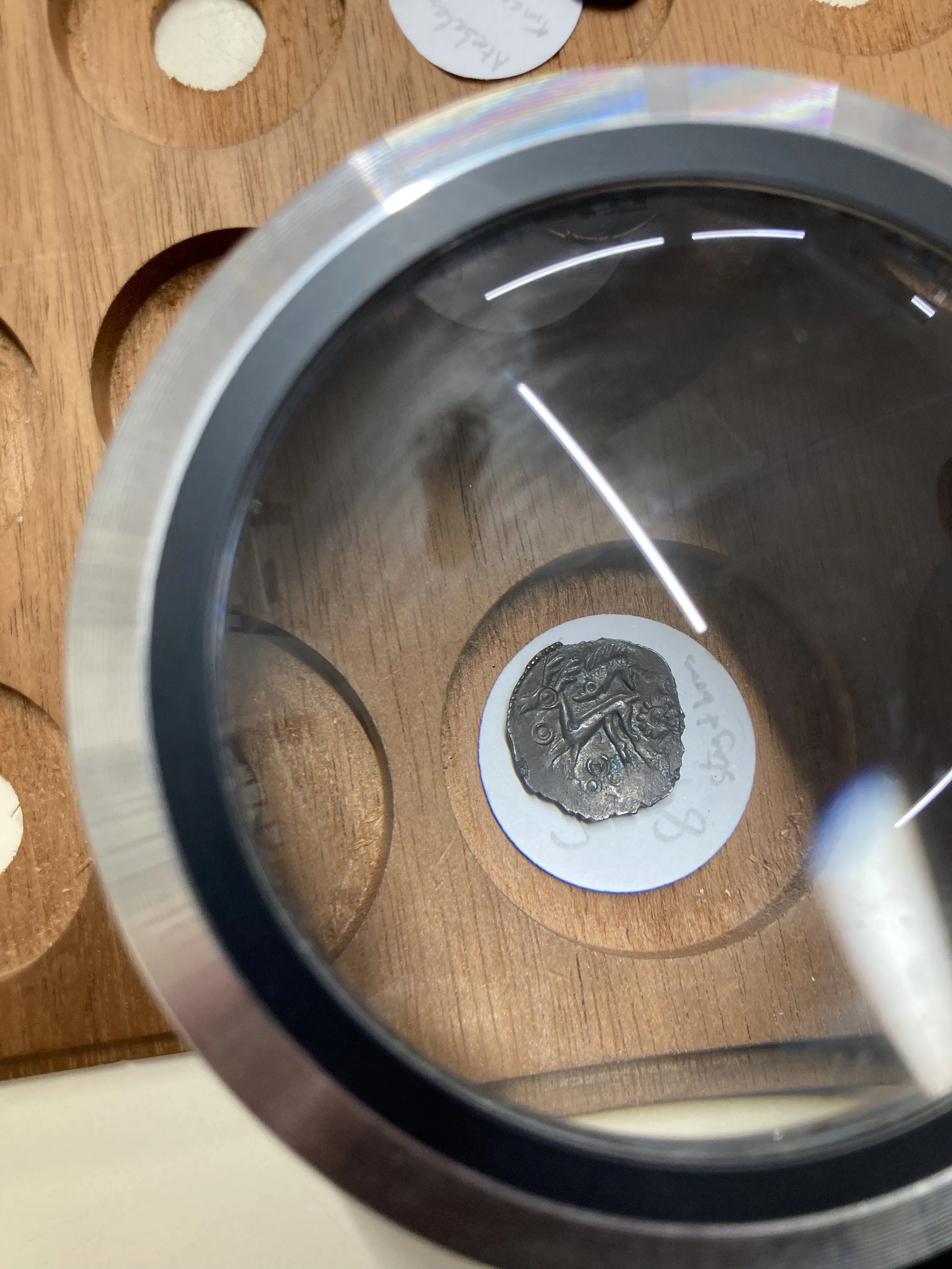
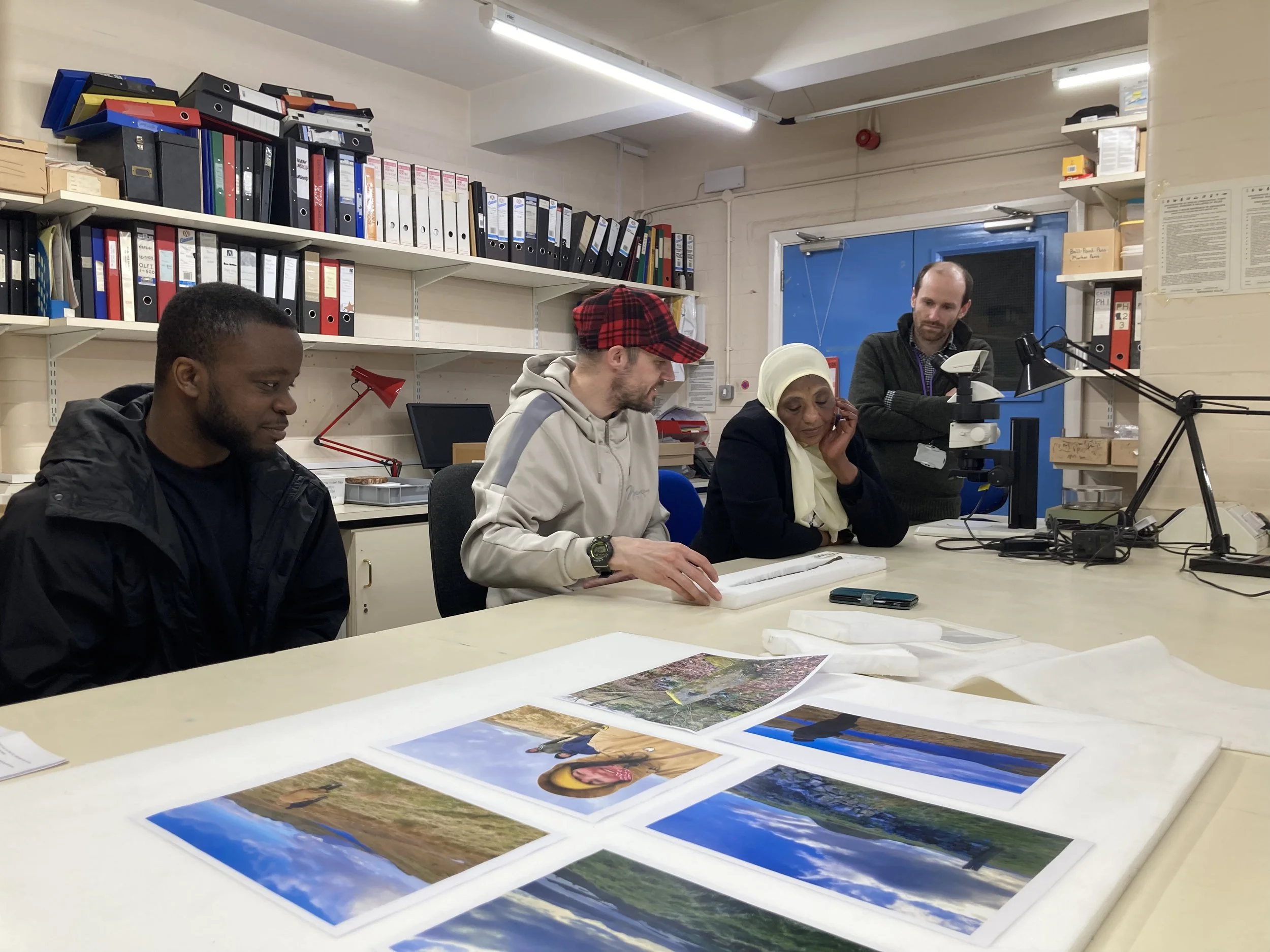
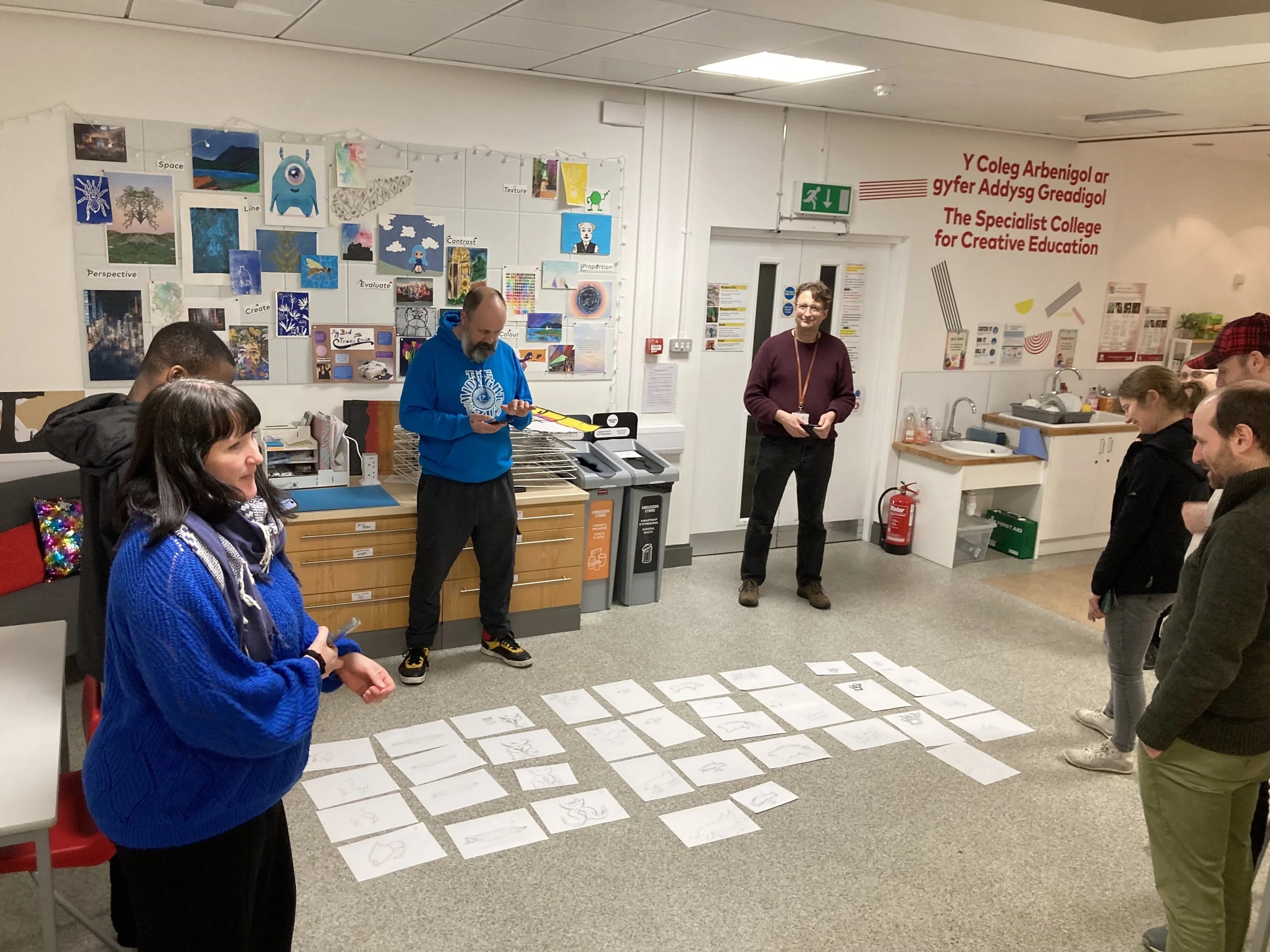
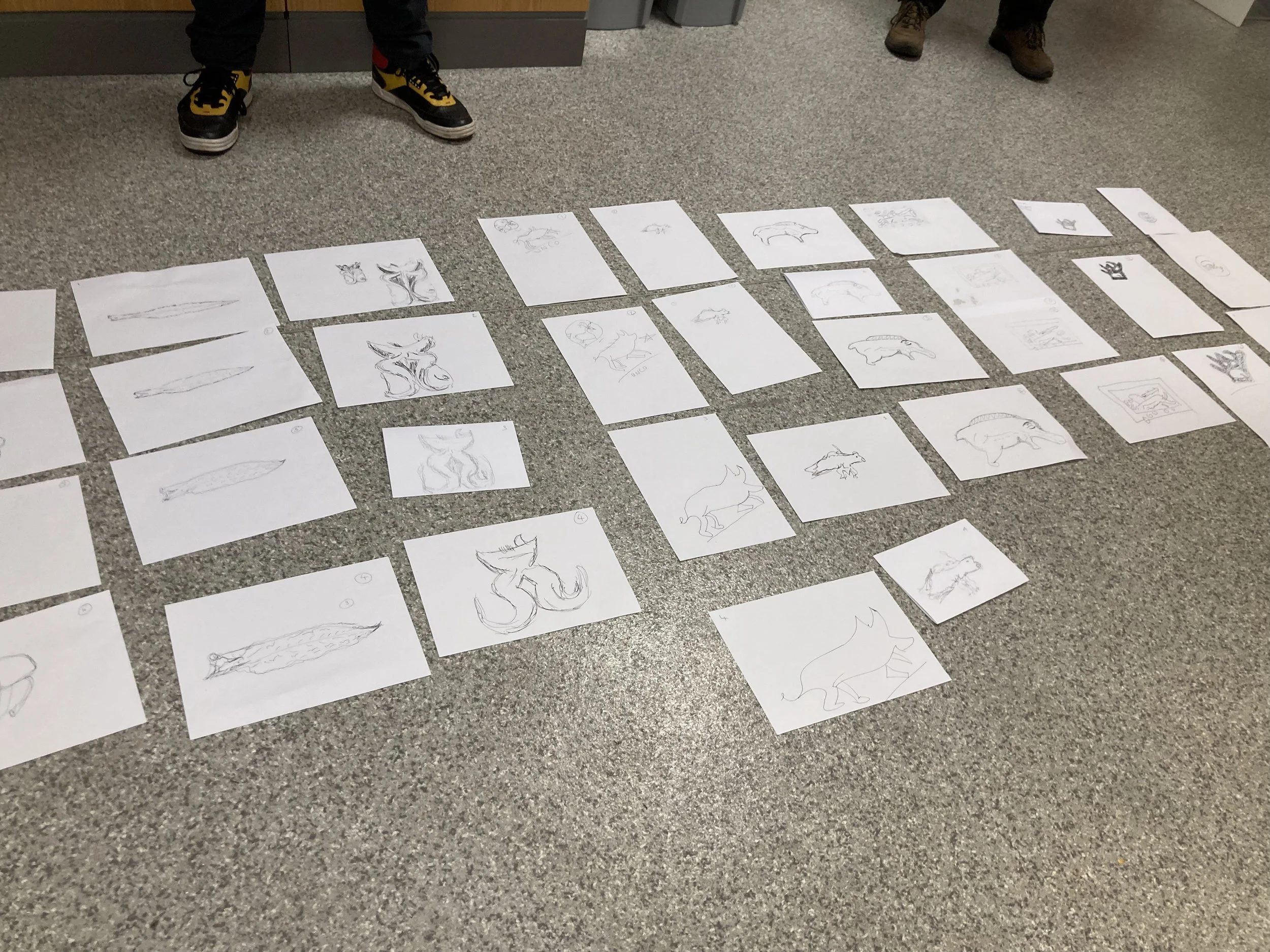
Music!
This led us to our third and final part of the process - a three day workshop with a group of musicians whose task was to develop a musical interpretation of all of this research and conversation - no small task.
Again, what was nice about this part of this process was that it was pressure-free. As this was a research and development process i.e. there was no performance or specific outcome needed at the end of this process, the musicians had a freedom just to play and experiment and see where we might end up. I think this is an important part of any creative process. Whilst a deadline or performance or exhibition can be invaluable in focussing one’s mind, if there’s a pressure to arrive somewhere too early in the process then this immediately cuts off a lot of potentially interesting alleyways and dead-ends that are useful to explore in a more organic creative process.
(Side note: earlier in the year I read Rick Rubin’s book ‘The Creative Act: A Way of Being’. He talks about exactly this sort of thing in the book…
“In the first phase of the creative process, we are to be completely open, collecting anything we find of interest. We can call this the Seed phase… We’re searching for potential starting points that, with love and care, can grow into something beautiful. At this stage we are not comparing them to find the best seed. We simply gather them… In this phase the artist’s work is to collect seeds, plant them, water them with attention, and see if they take root. Having a specific vision of what a seed will become could serve as a helpful guide in later phases. In this initial phase, it may cut off more interesting possibilities.”
It’s a really great book and I’d recommend anyone involved in creative activity to read it. And whilst I’m drawing specific comparison with this approach and the musician’s workshop, the same essence can be said to have run throughout the entirety of this research development process).
So, on a Monday in early July, I gathered together at The Canopi/Sustainable Studio (a great place/organisation that, again, if you don’t know them or have never been, and live in Cardiff, you should pay them a visit), with…
Jessica Ball (vocals), Jo Sheehy (drums), Eugene Capper (guitar/banjo), Sian Owens (Welsh Harp) and Richard Llewellyn (bass).
It was the first time some of the musicians had ever met, though Eugene had been generously-instrumental in recommending people and making introductions, and it really felt like we hit the jackpot with the people we brought together. There was an immediate creative chemistry between them and it’s no exaggeration to say that from the very first note they played together, something of wonder started to emerge. Following a discussion about The Fourth Branch and everything that had happened, been gathered, and learned through the process so far, the musical process became one of them looking at the story in sections and beginning to improvise around the mood of that particular section, whilst recording everything.
A day or so into the process, we were joined by poet, Patrick Jones, to work with Jess on the lyrics for the piece, and also Nez Parr, a BSL Interpreter, as one of the focuses of this research was how BSL can be embedded, creatively, within the project, alongside Welsh and English as a third language.
And this culminated in a sharing at the end of the third day with an invited group of creative friends. It’s important to say that this wasn’t a performance as such - that was never the purpose of this process - but the musician’s generously shared what had been created with this collected group of supporters, collaborators, and interested parties - partly just to celebrate where we’d arrived, but also to provide another point of discussion and feedback for how this project might develop. It was a wonderful few days and an absolute privilege to work with the musicians and creatives we brought together. Here’s a video of the sharing:
It’s been an amazing journey and one that I, again, give credit to Cerys Thomas (ACW) for sending us on. Having the time, space, and resource, to head off in a general direction and then allow the process to lead it has been incredibly rewarding and valuable. All the partners are excited to push this along to the next stage and see what emerges, so watch this space…
I must say a huge thank you to all of my collaborators through this research process - the musicians, everyone involved in the workshops, my institutional/organisational collaborators (National Museum Wales and Common/Wealth) - specifically Steve and Rhiannon - everyone who has spared the time to talk with me about this project (particularly Professor Sioned Davies) and Arts Council of Wales for funding this journey, without whose support none of this would have been possible.
